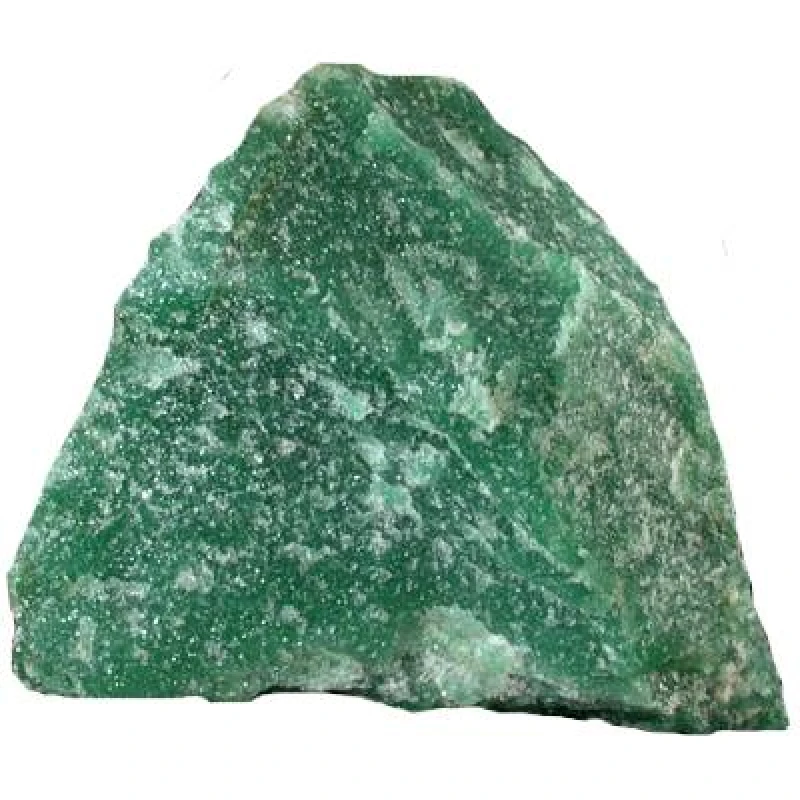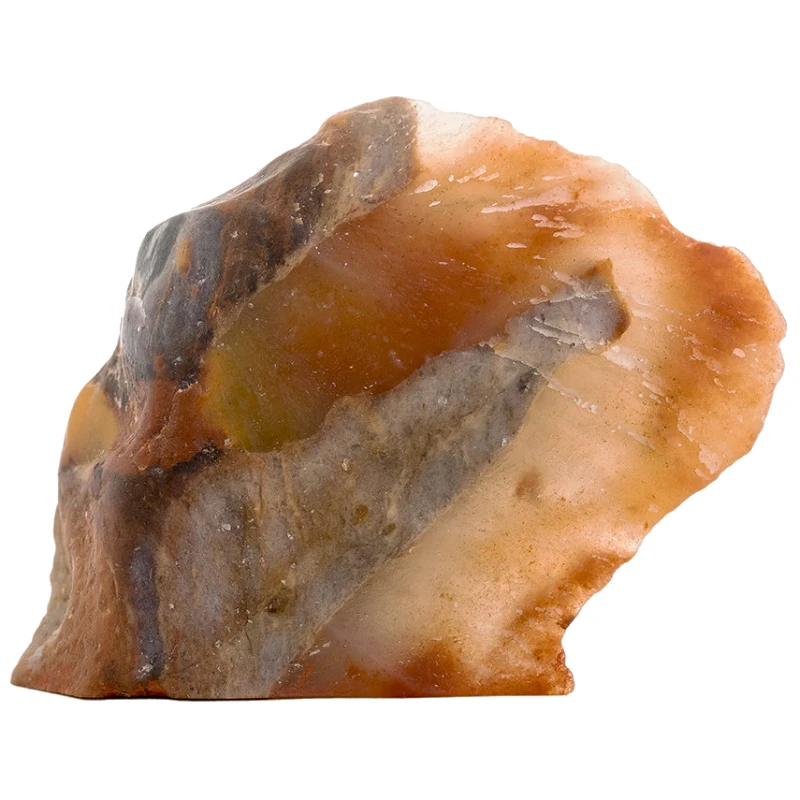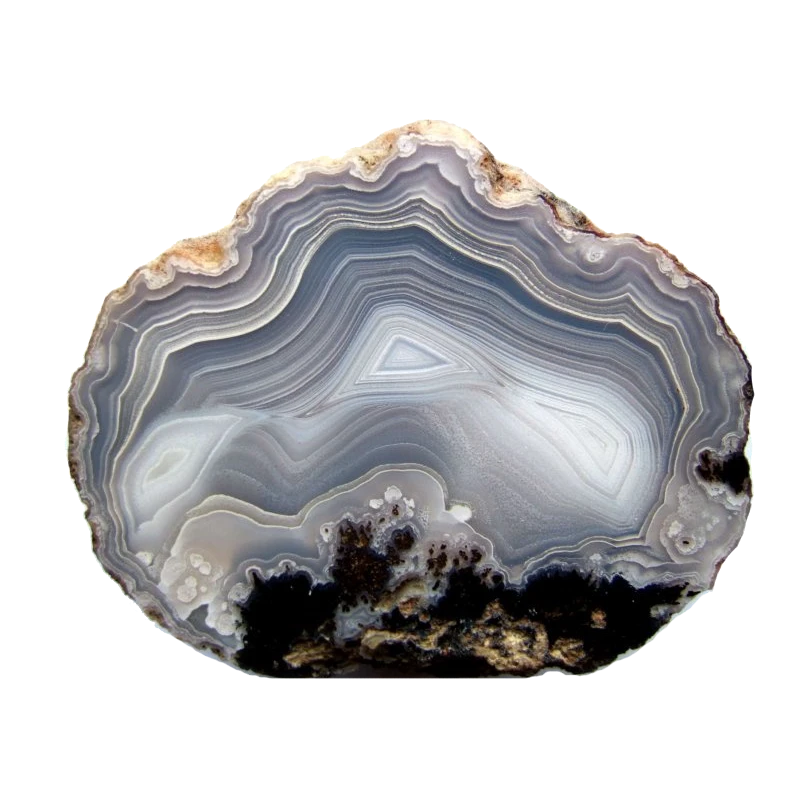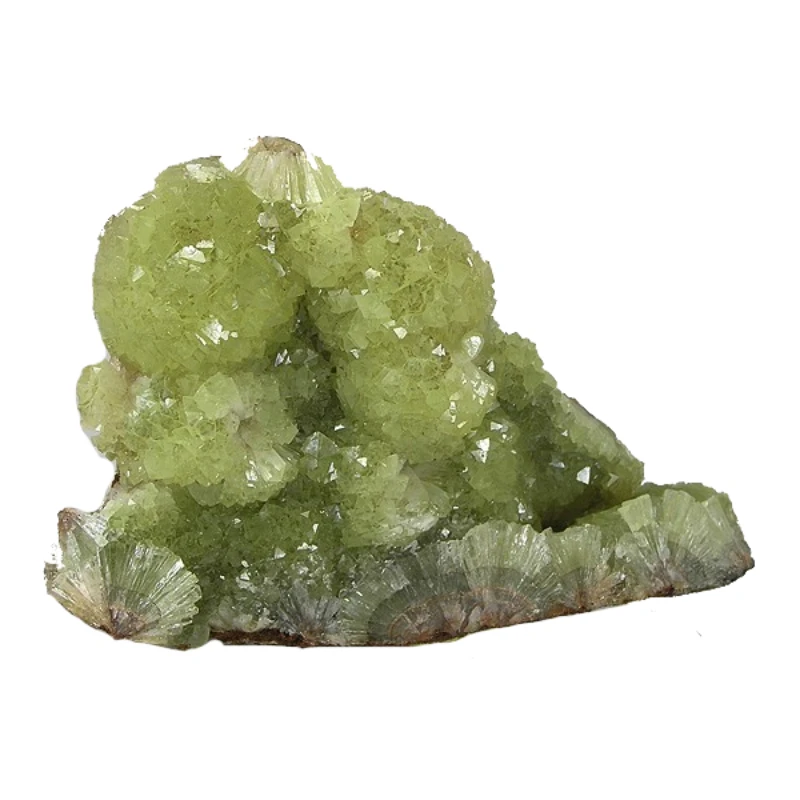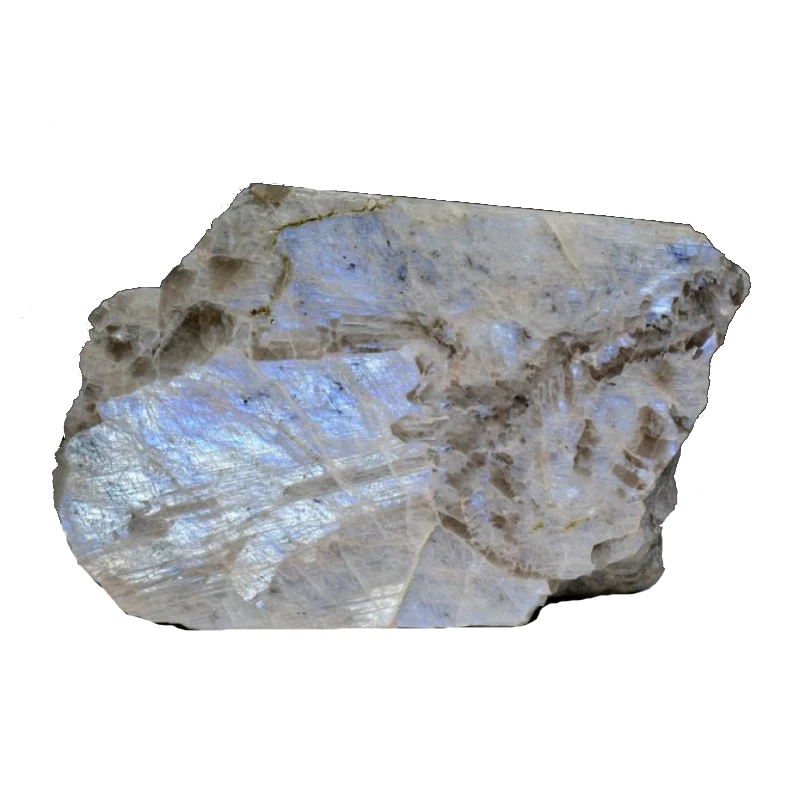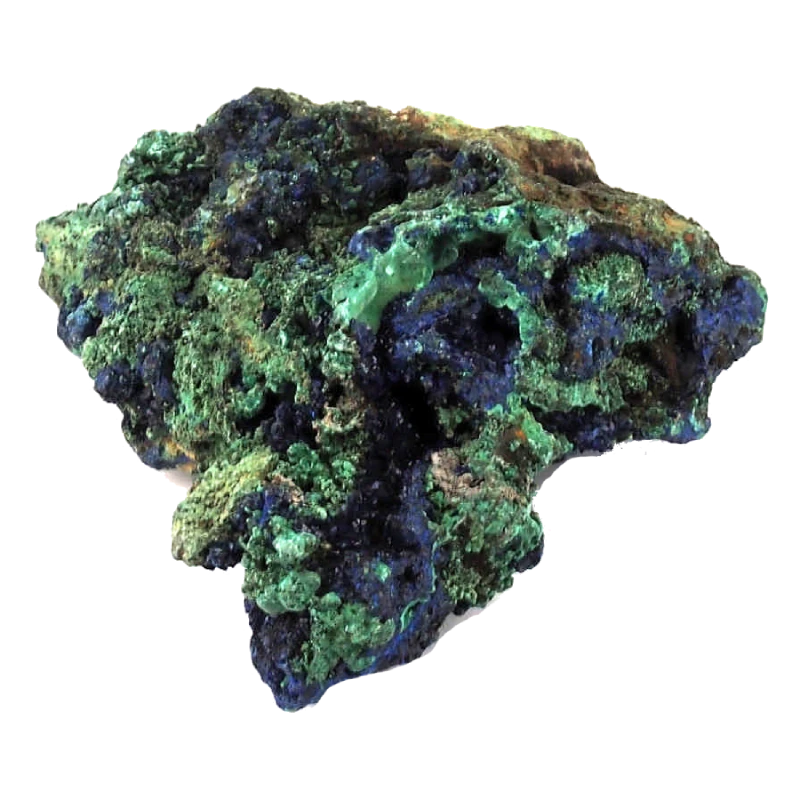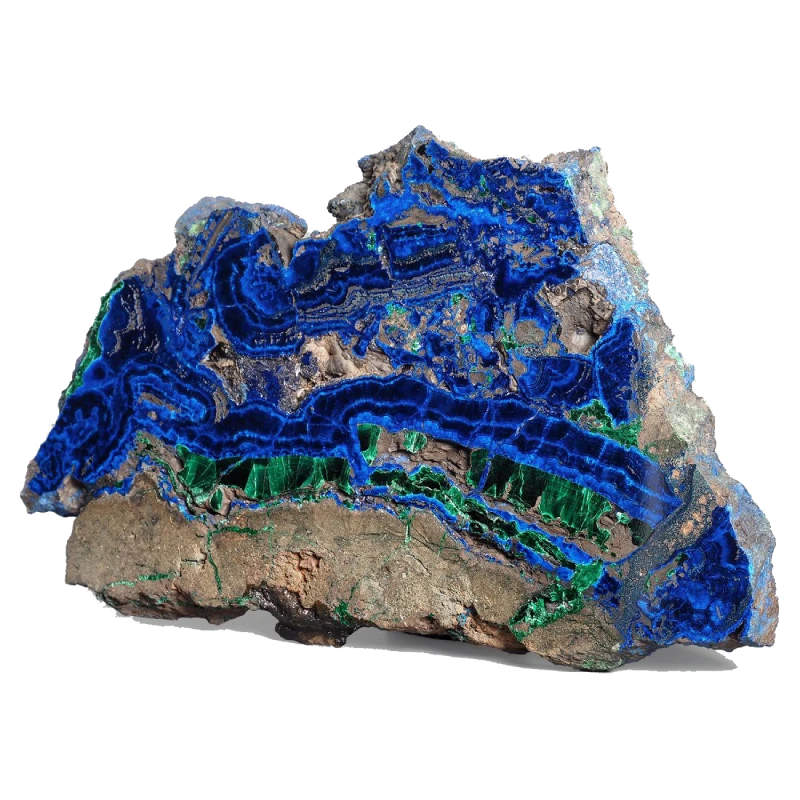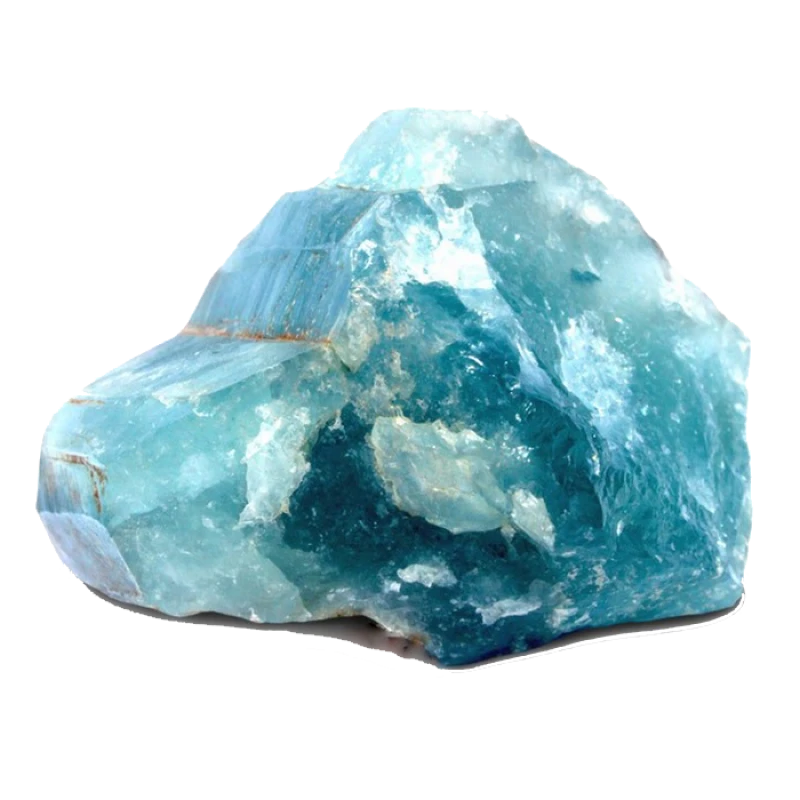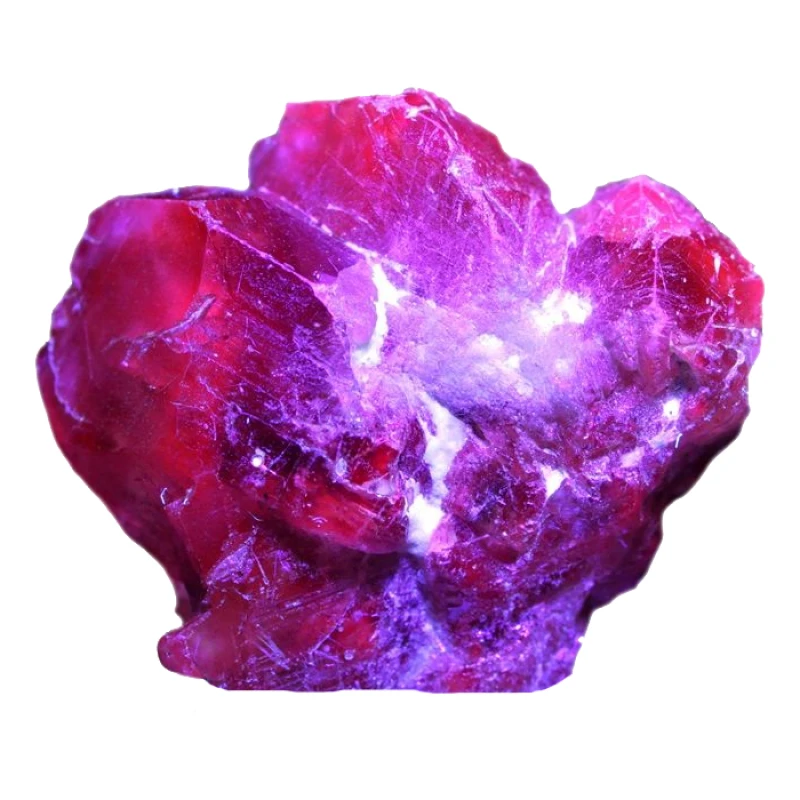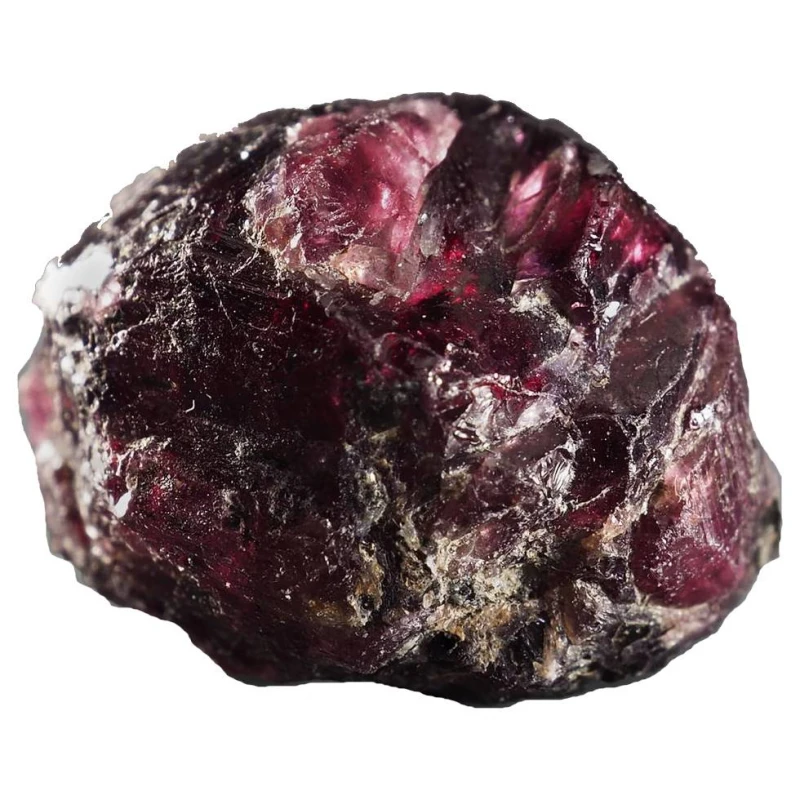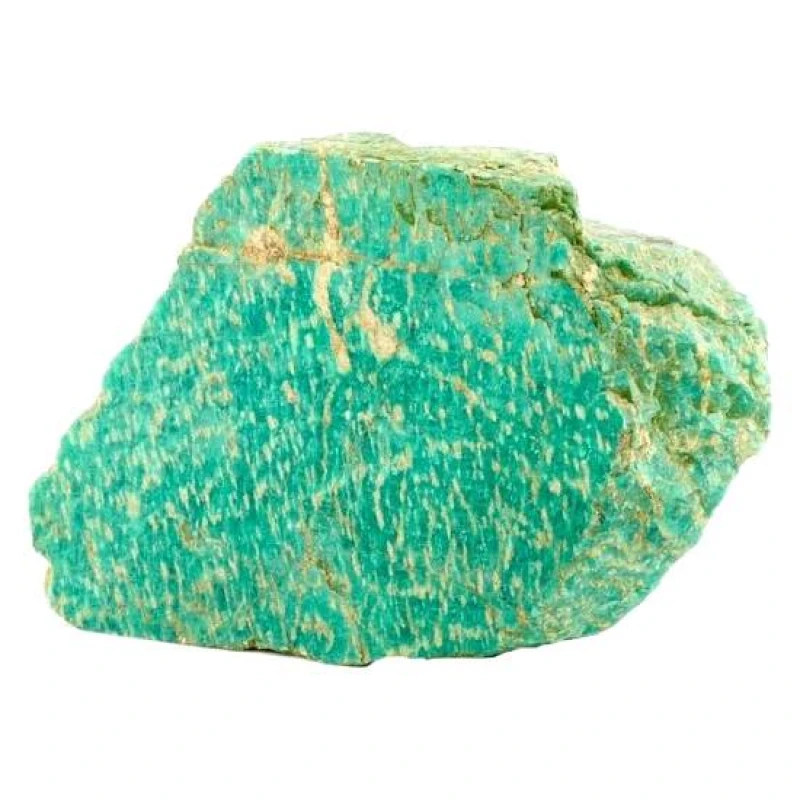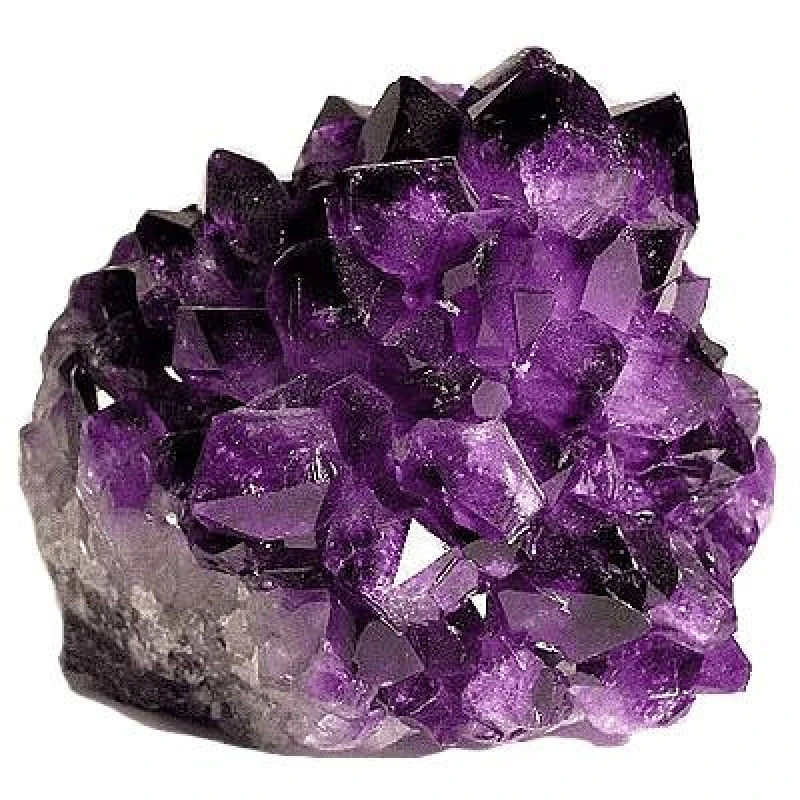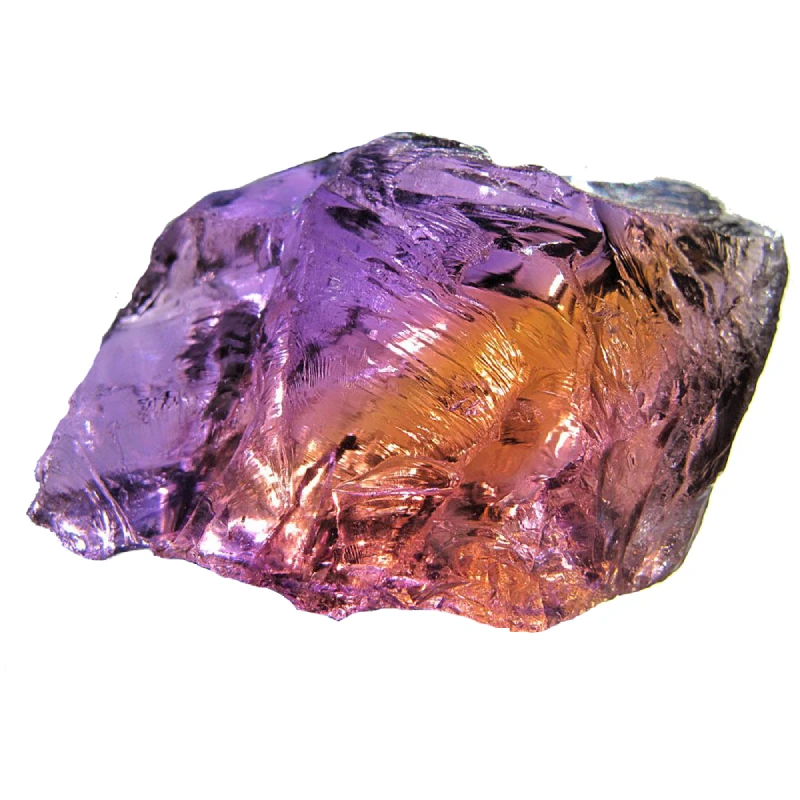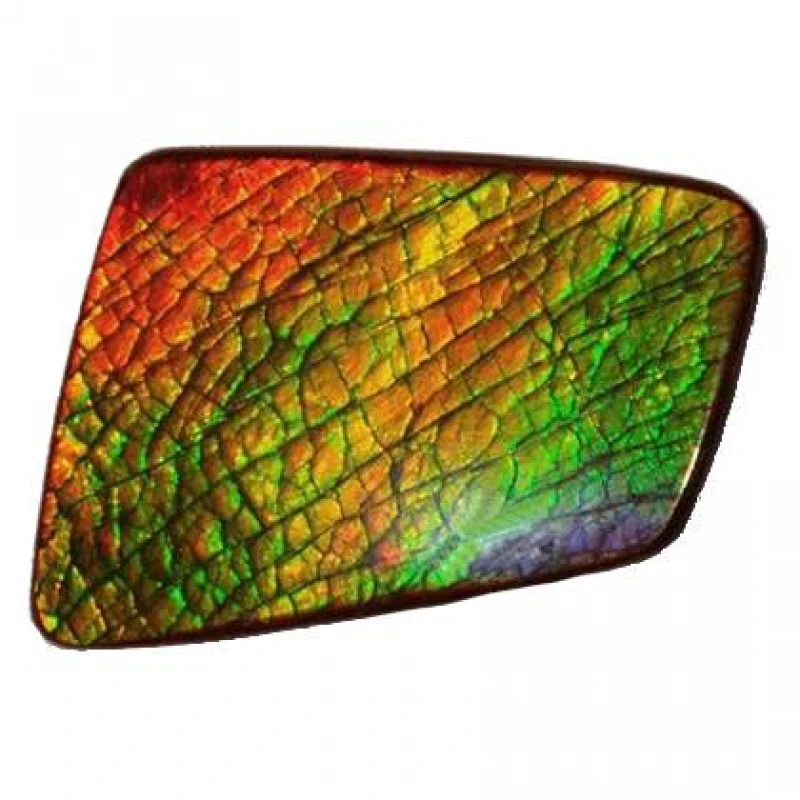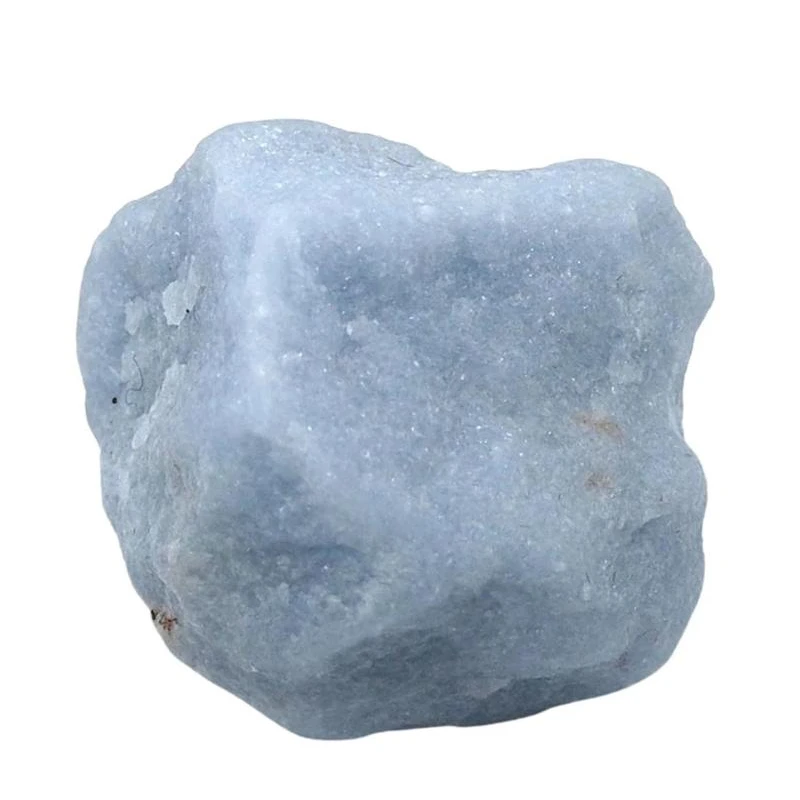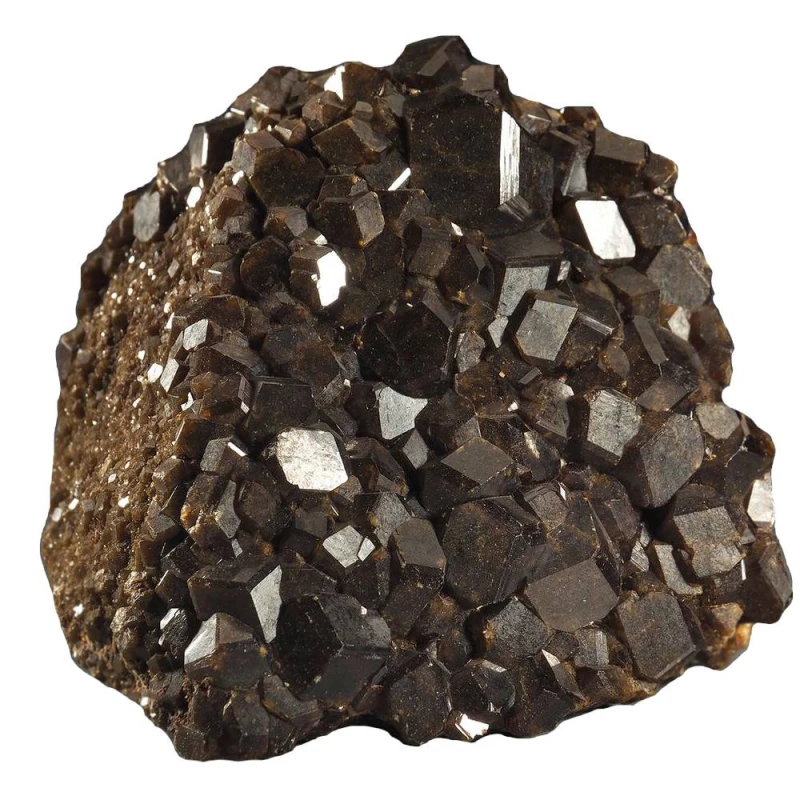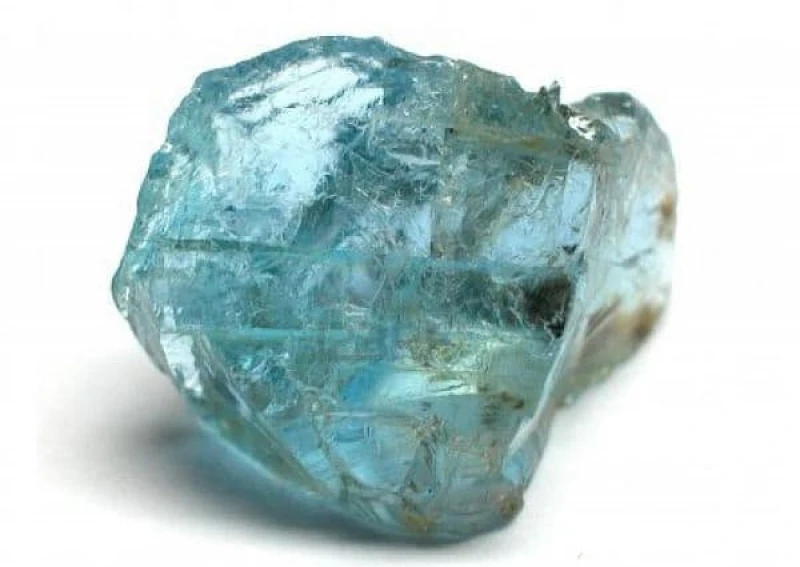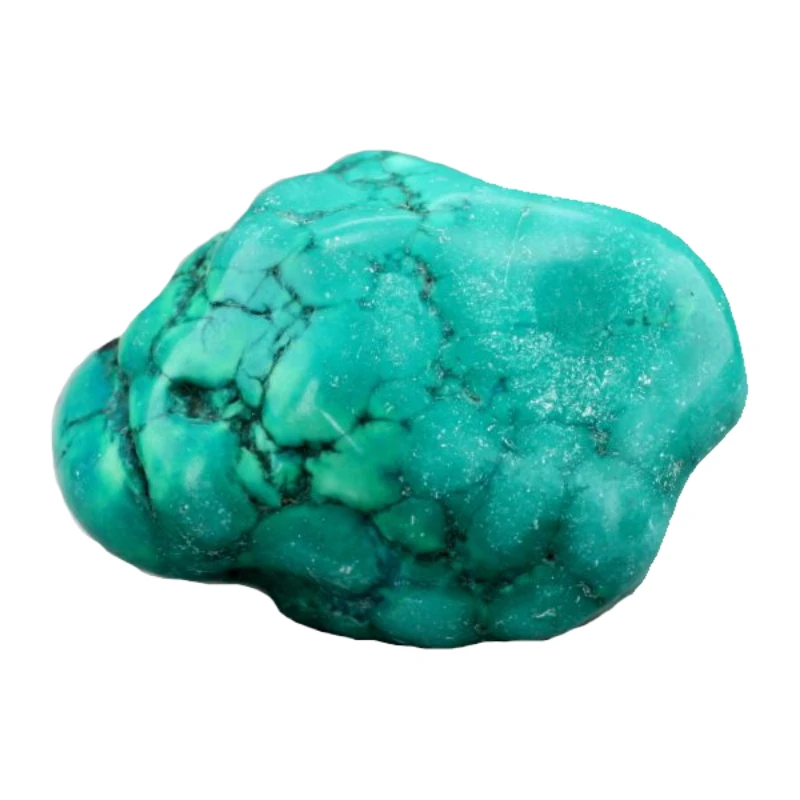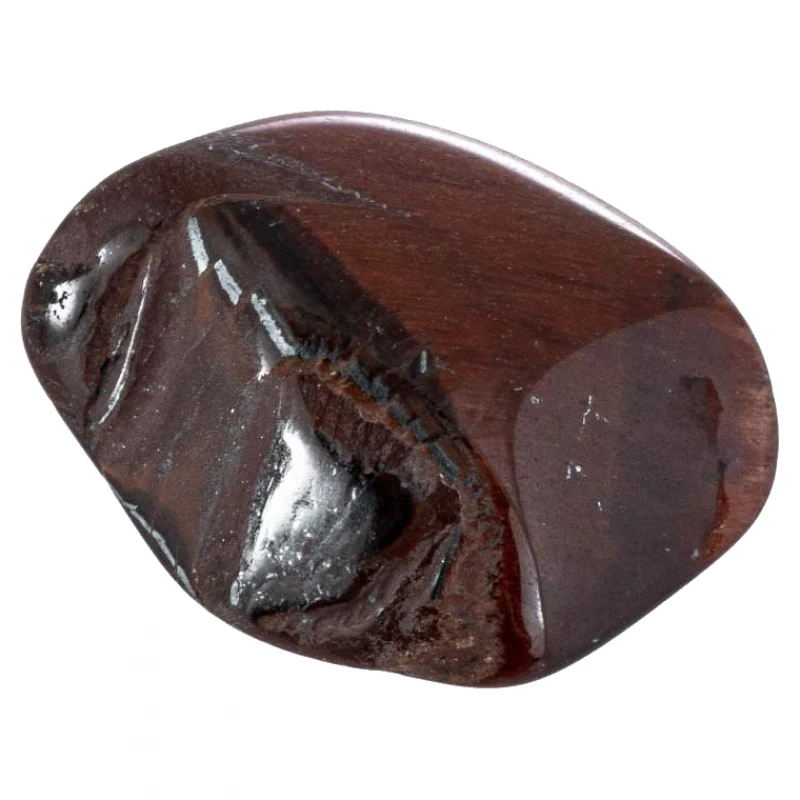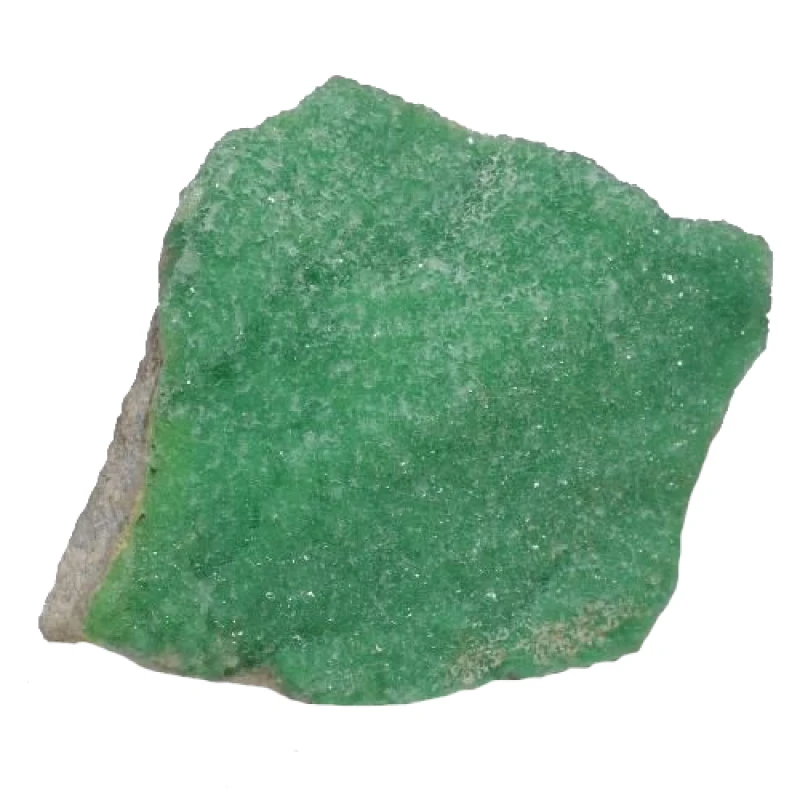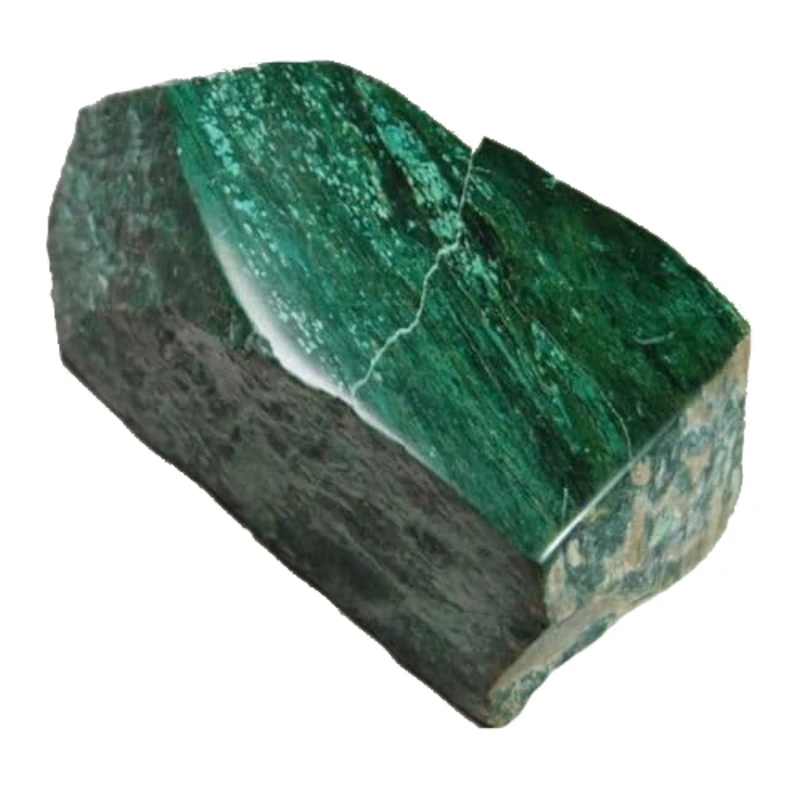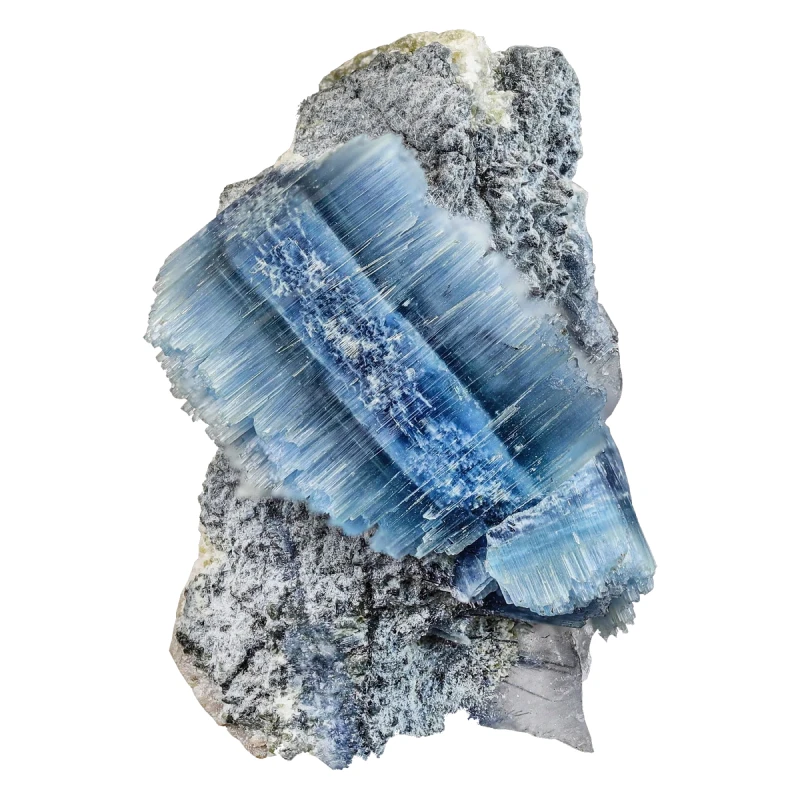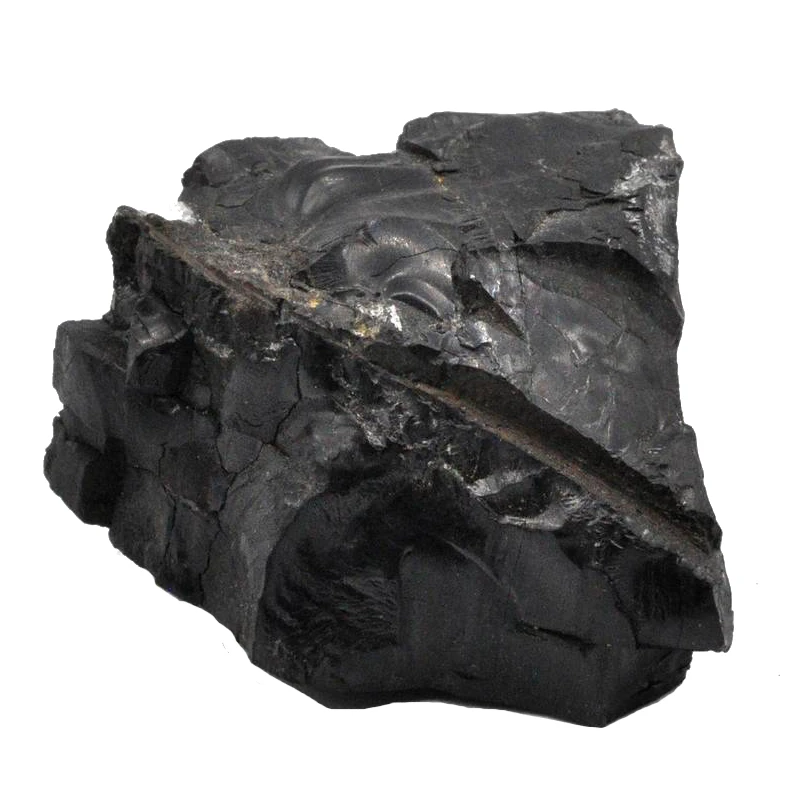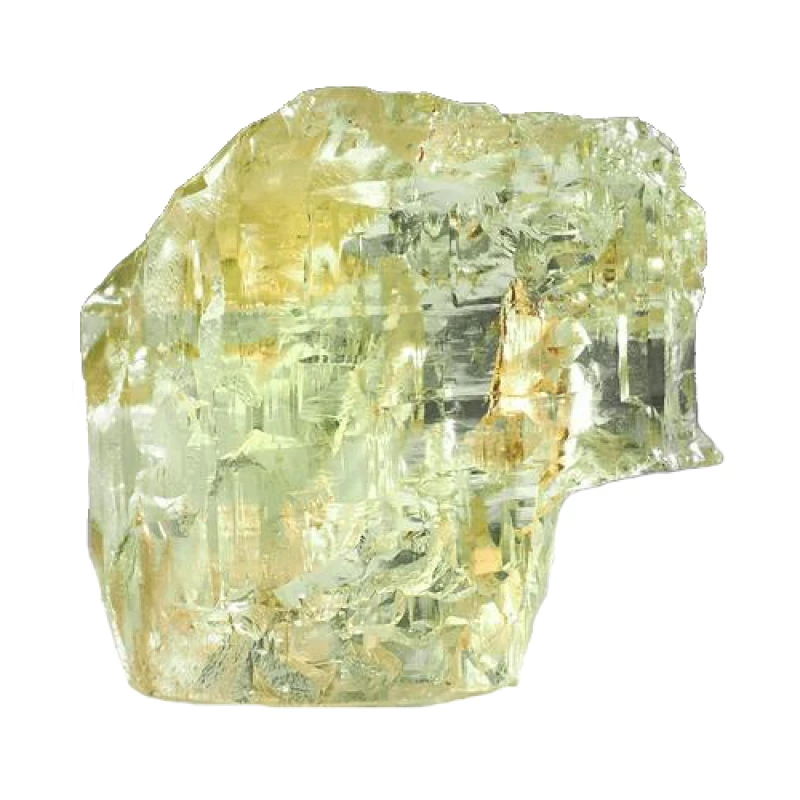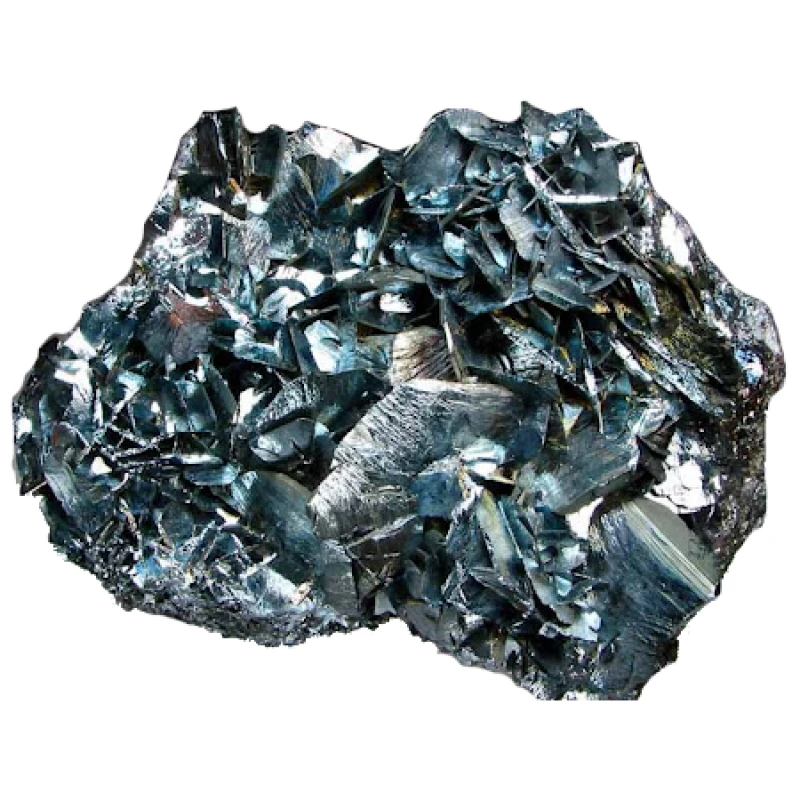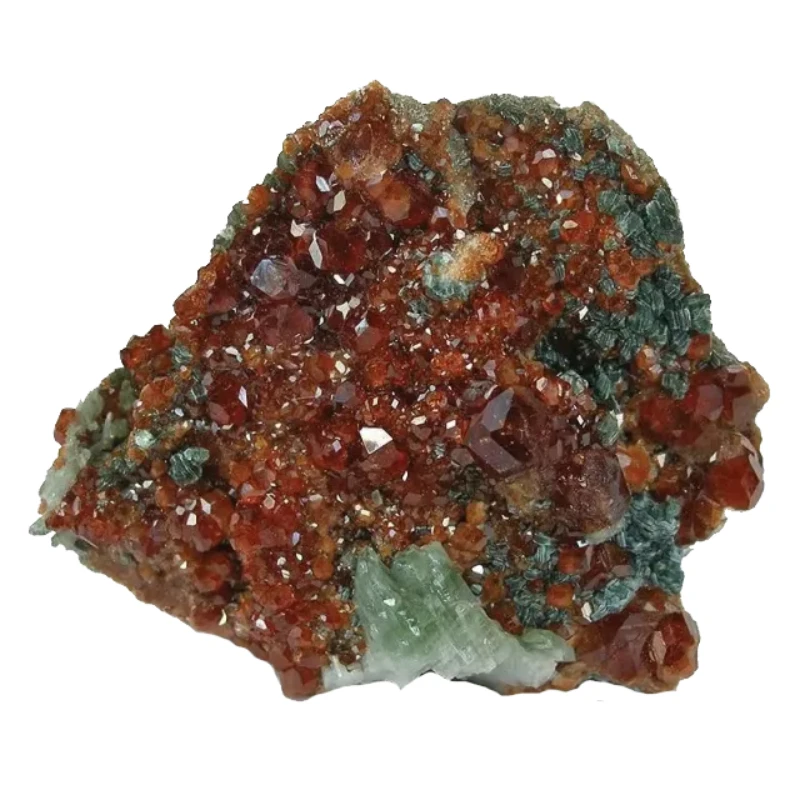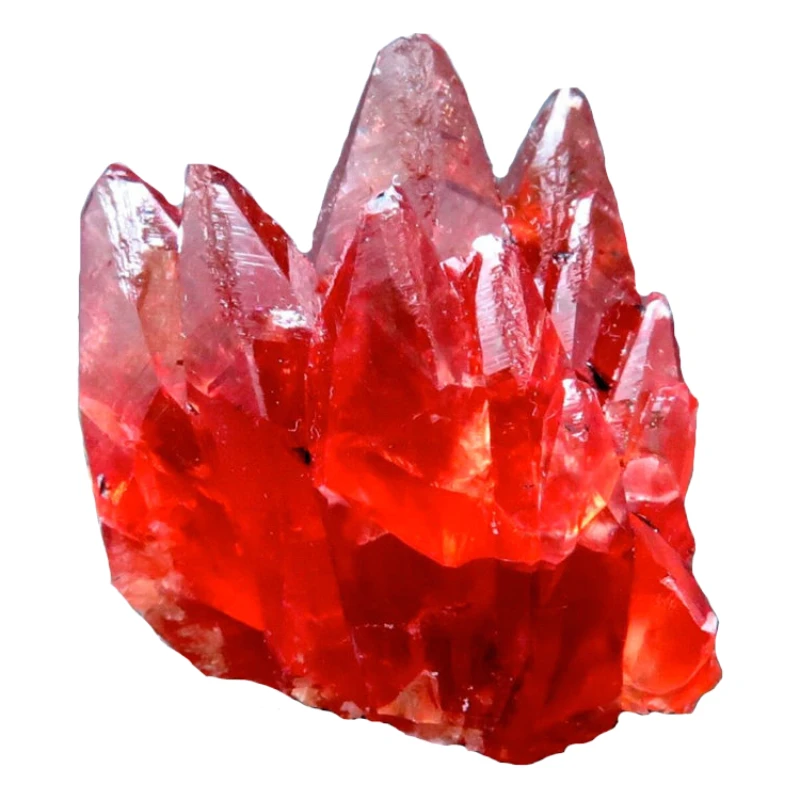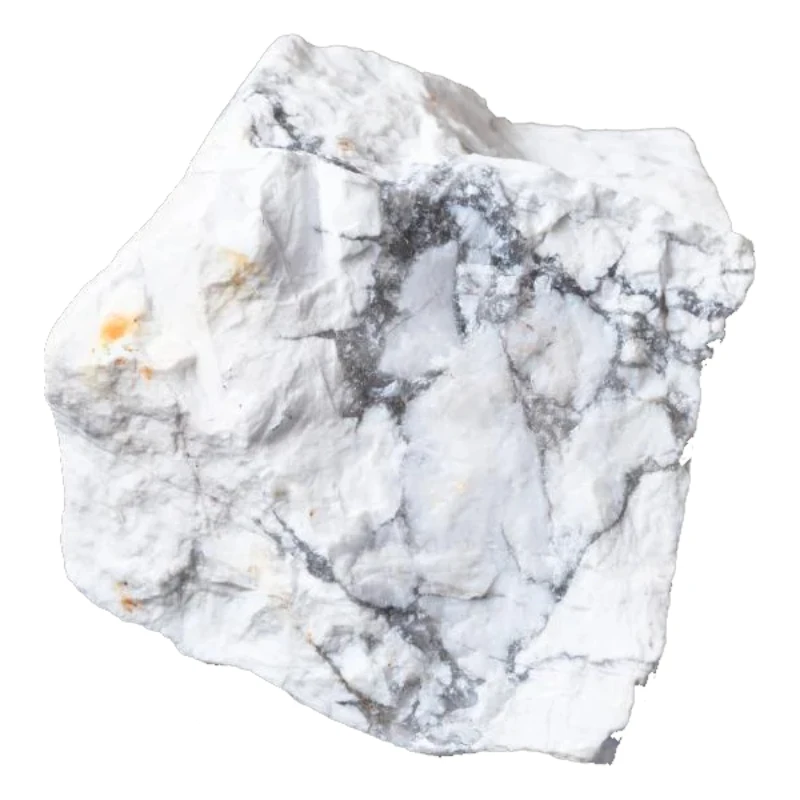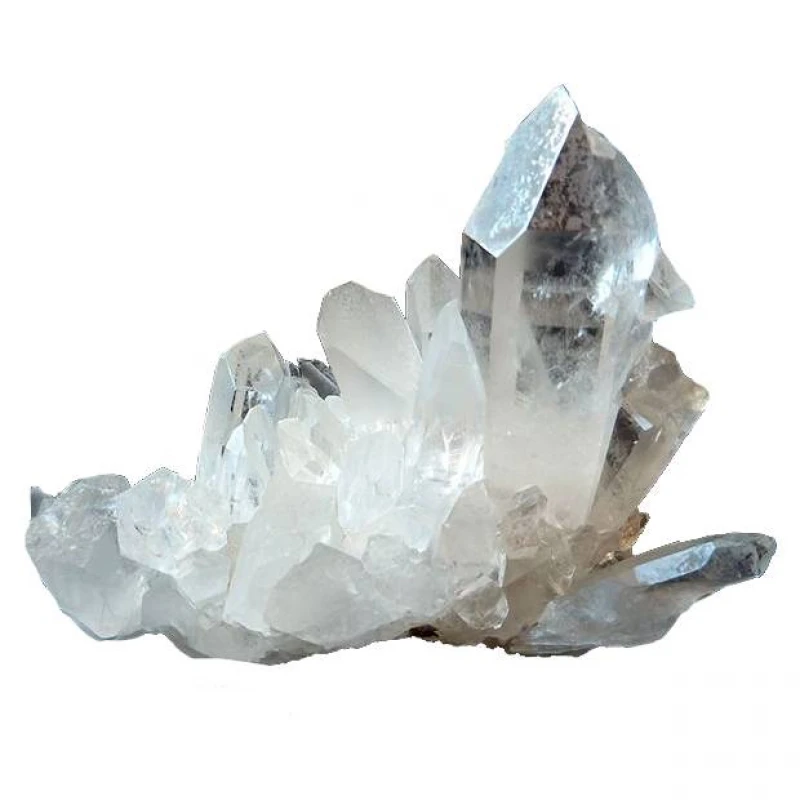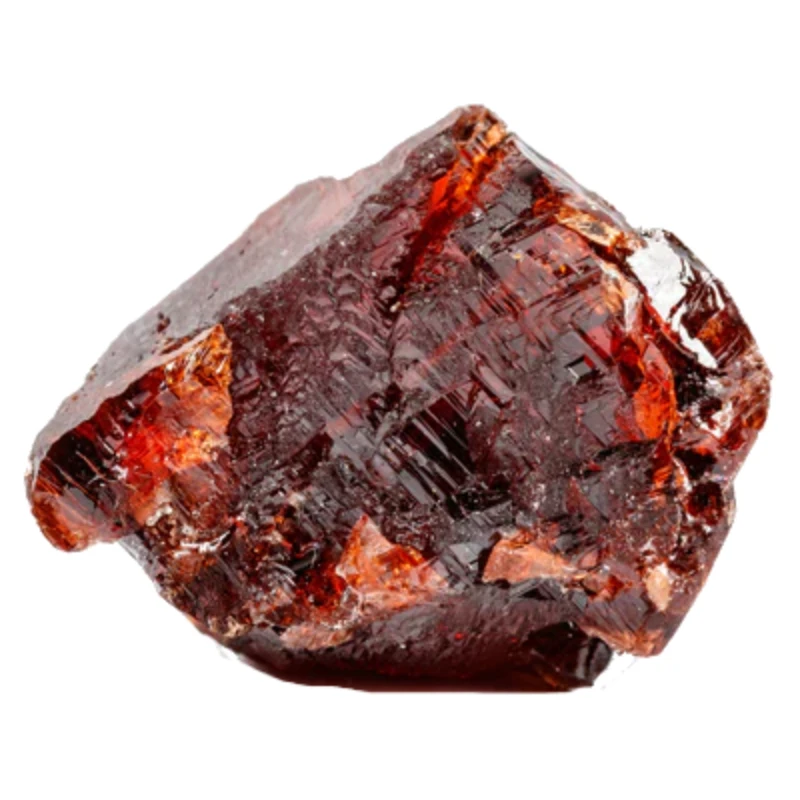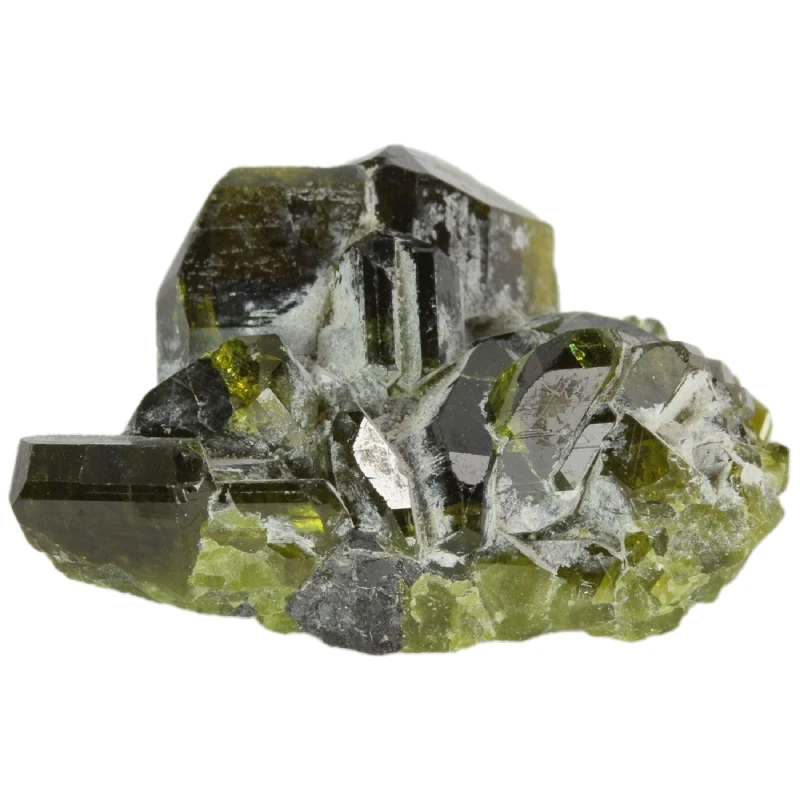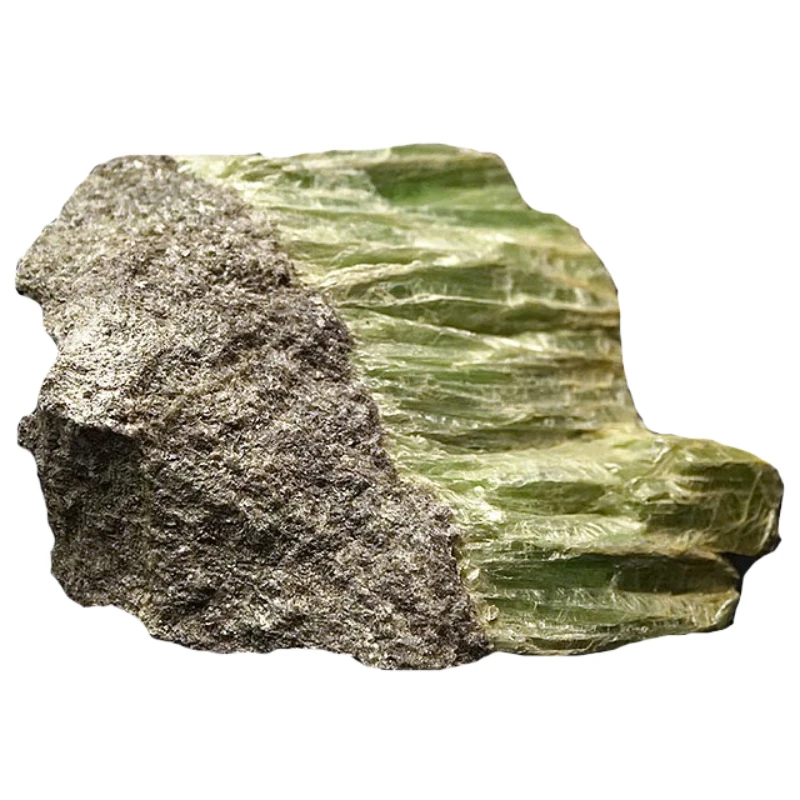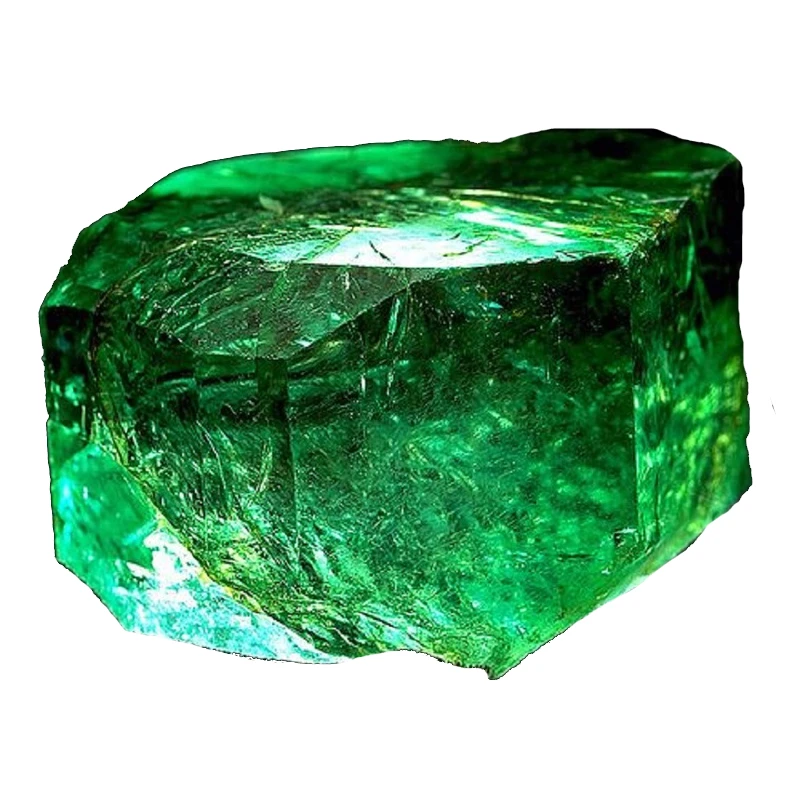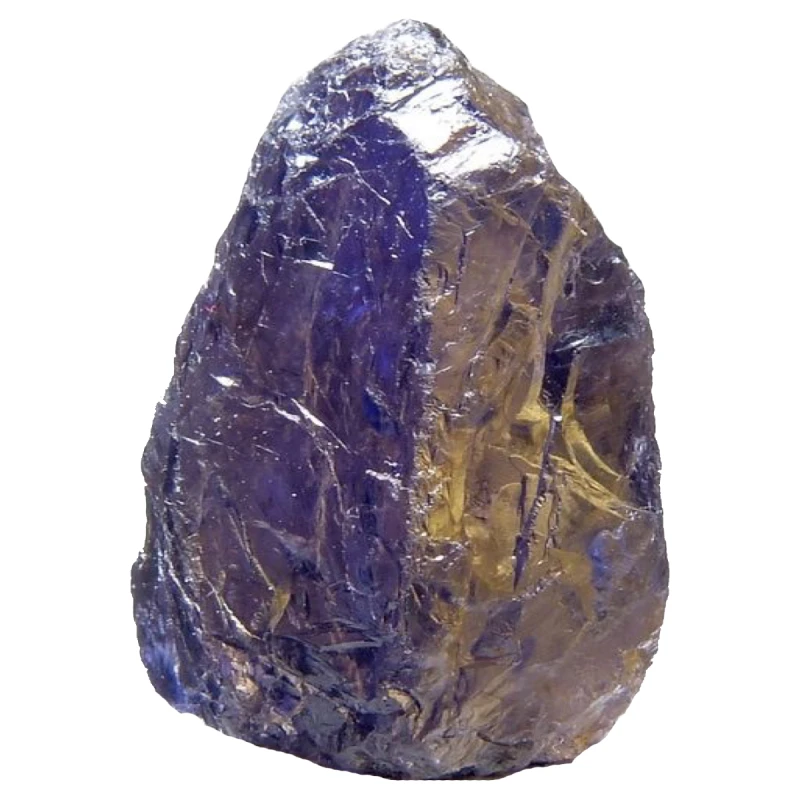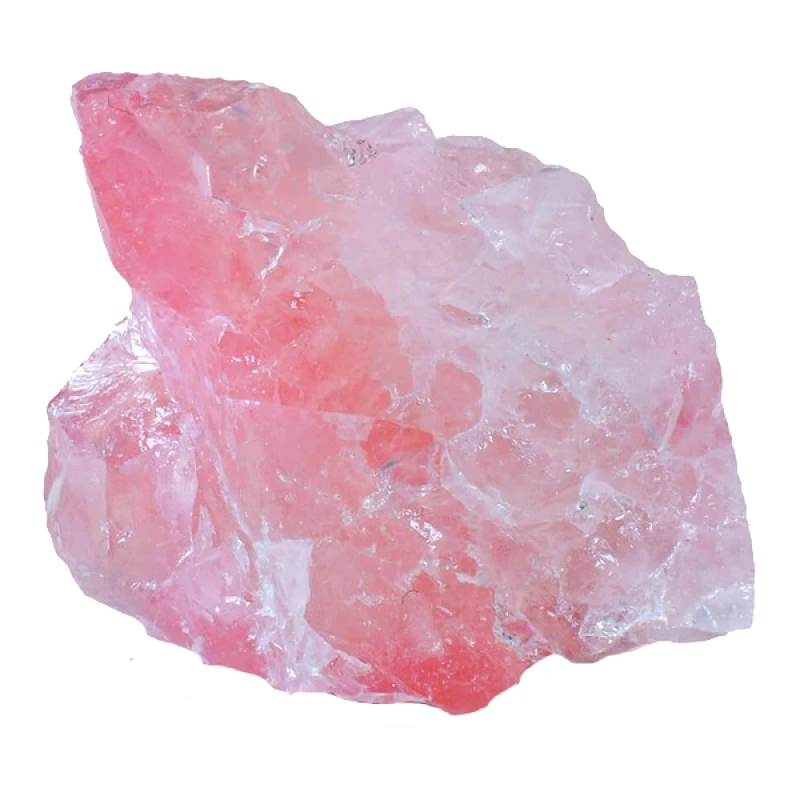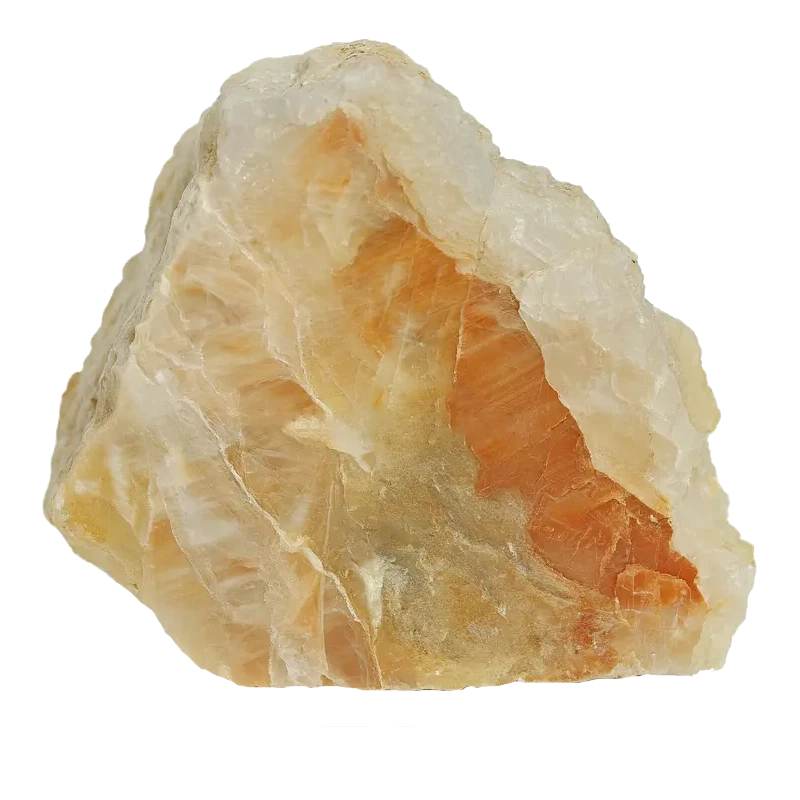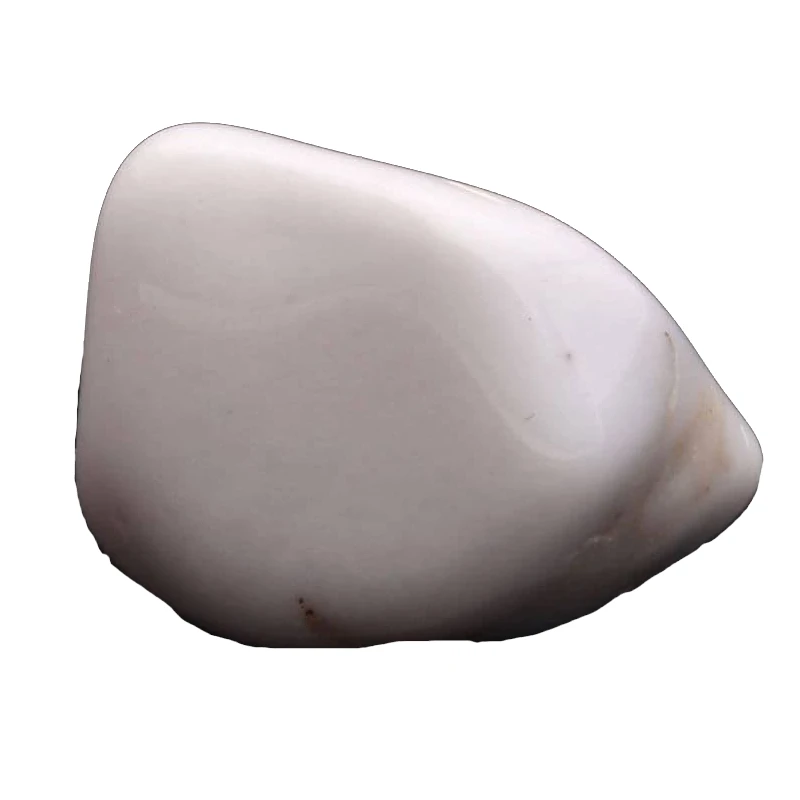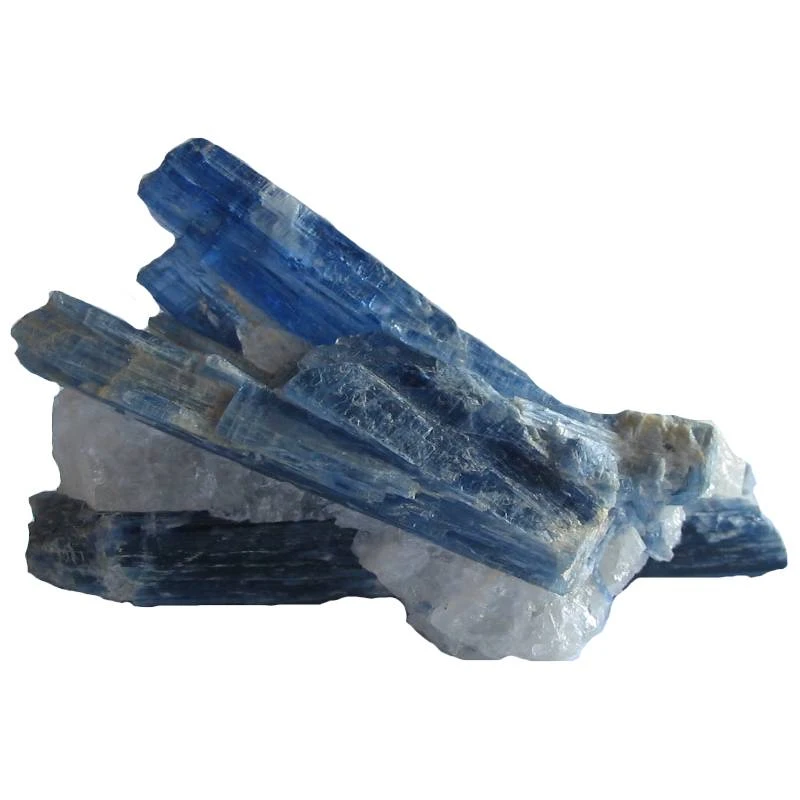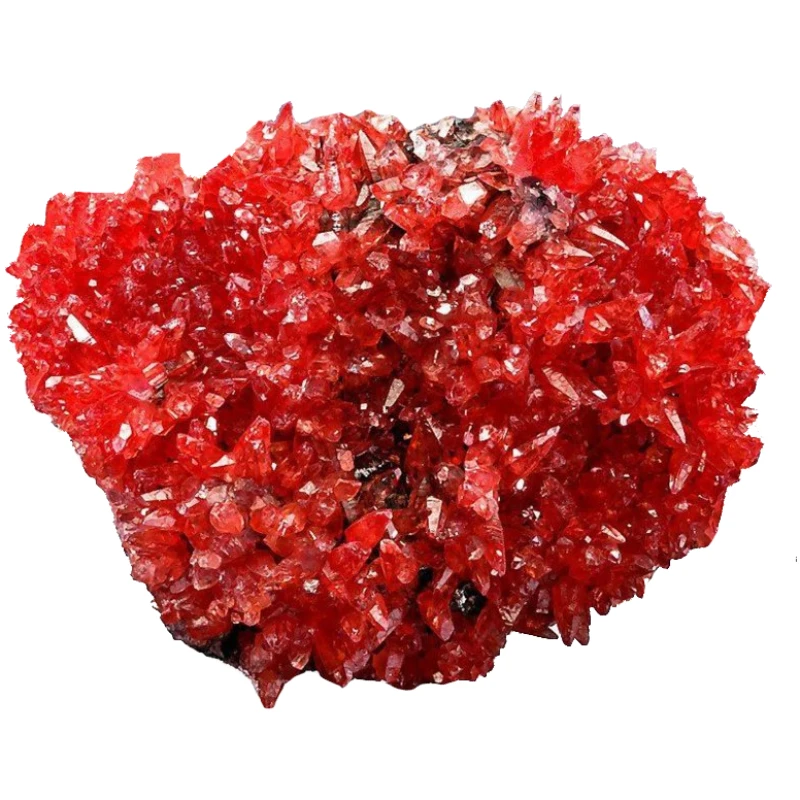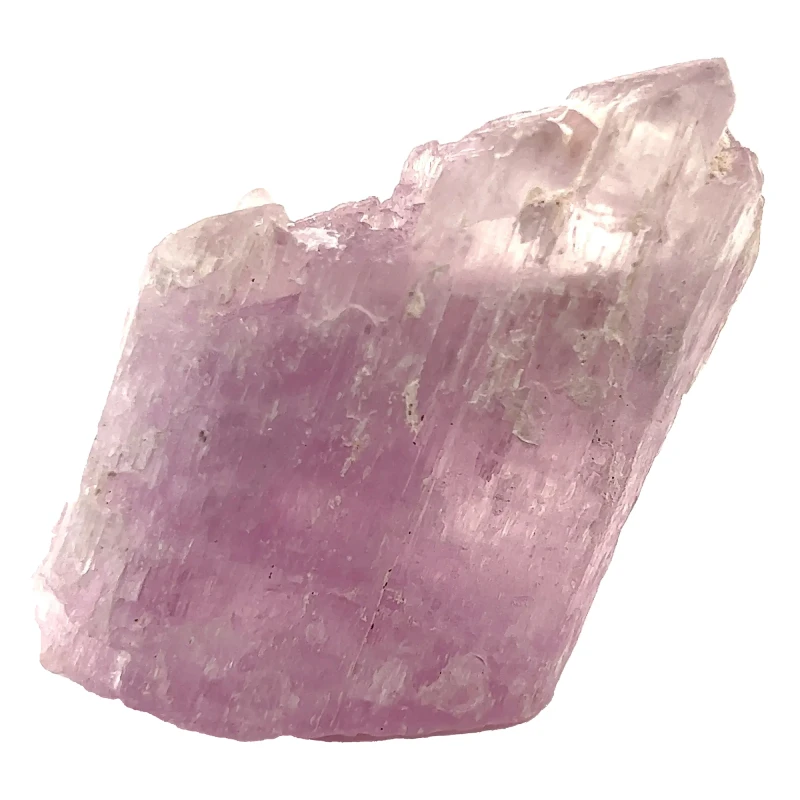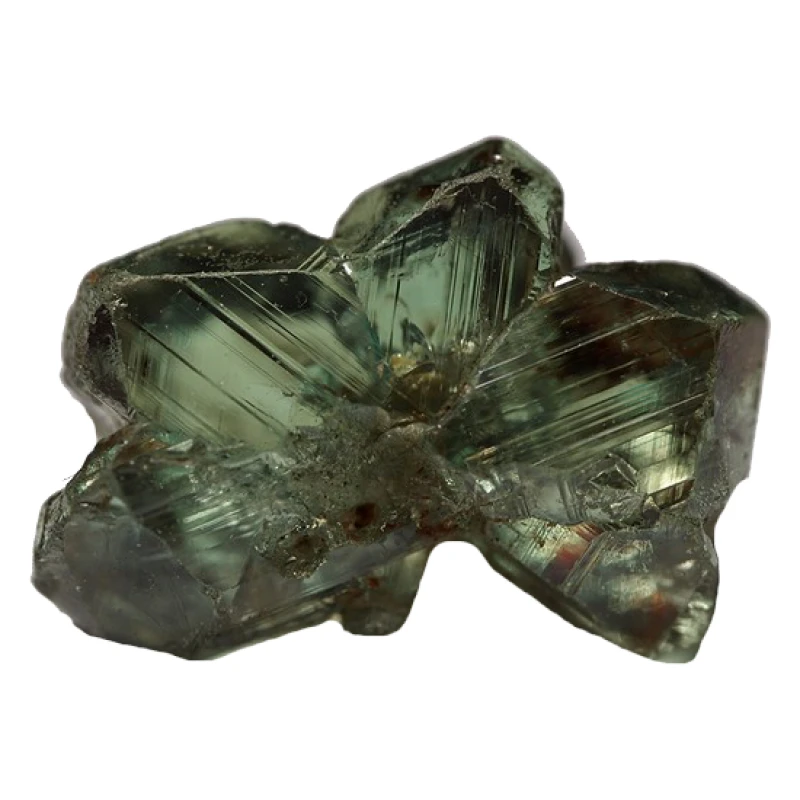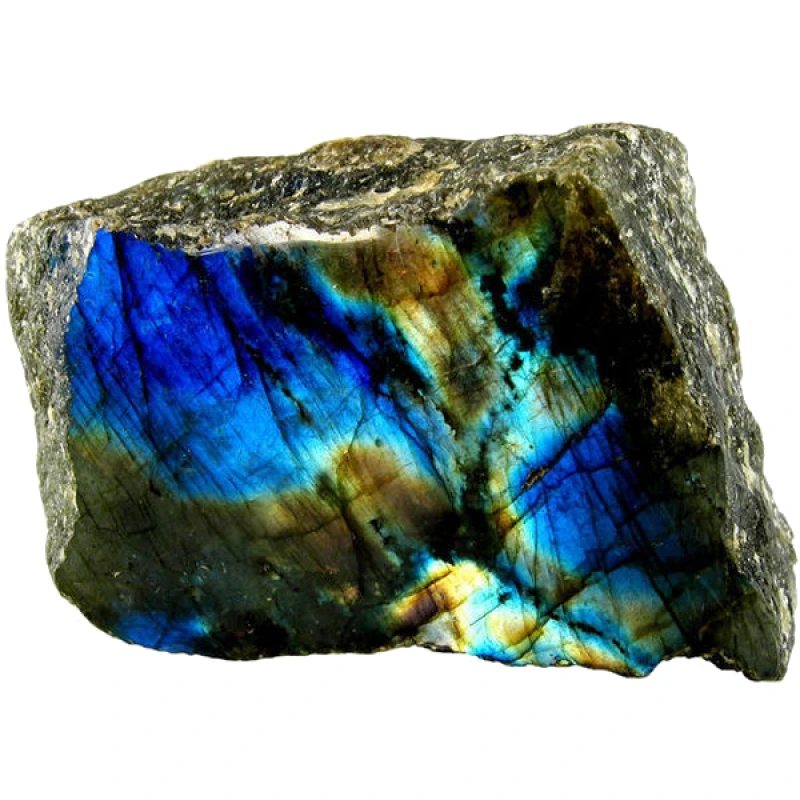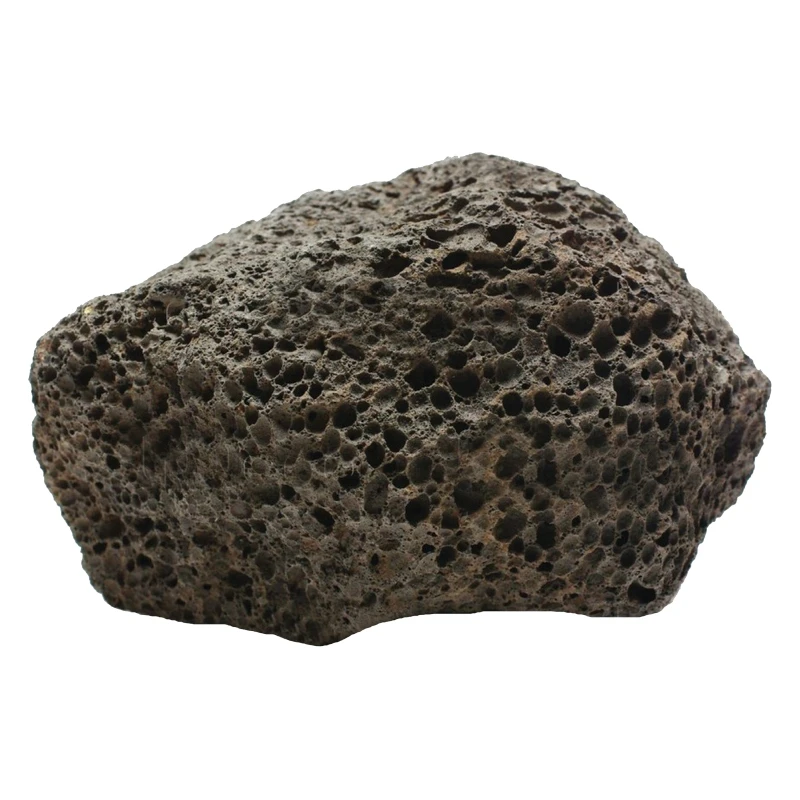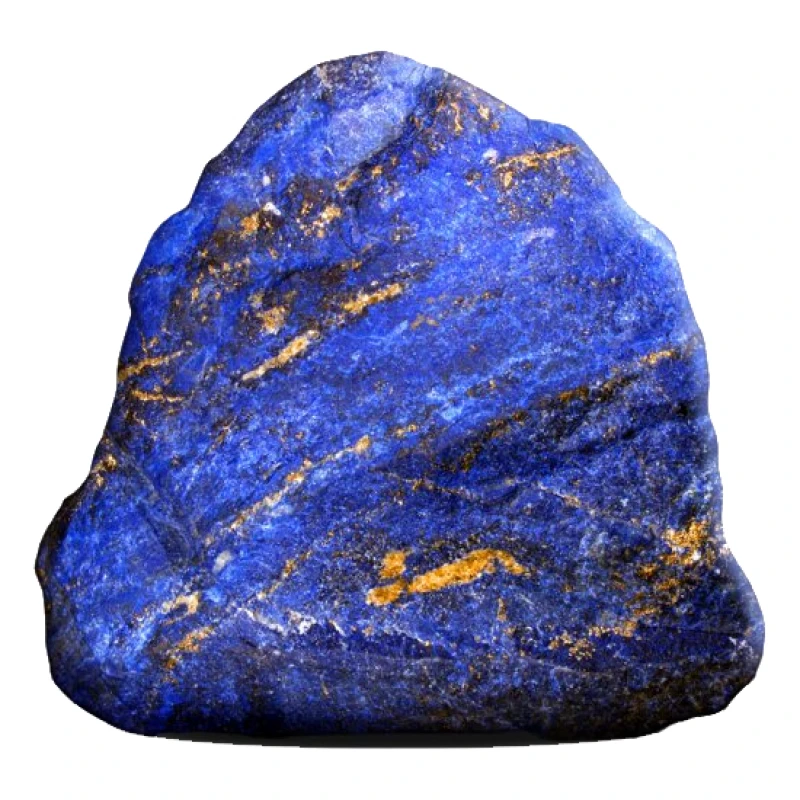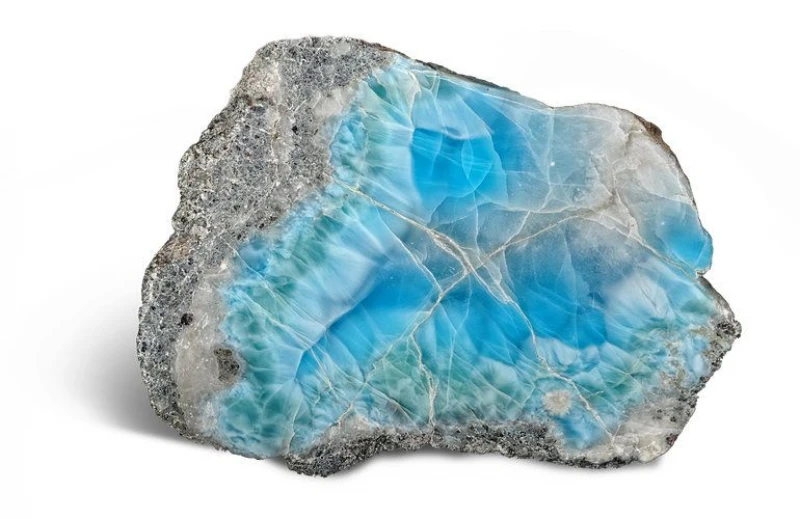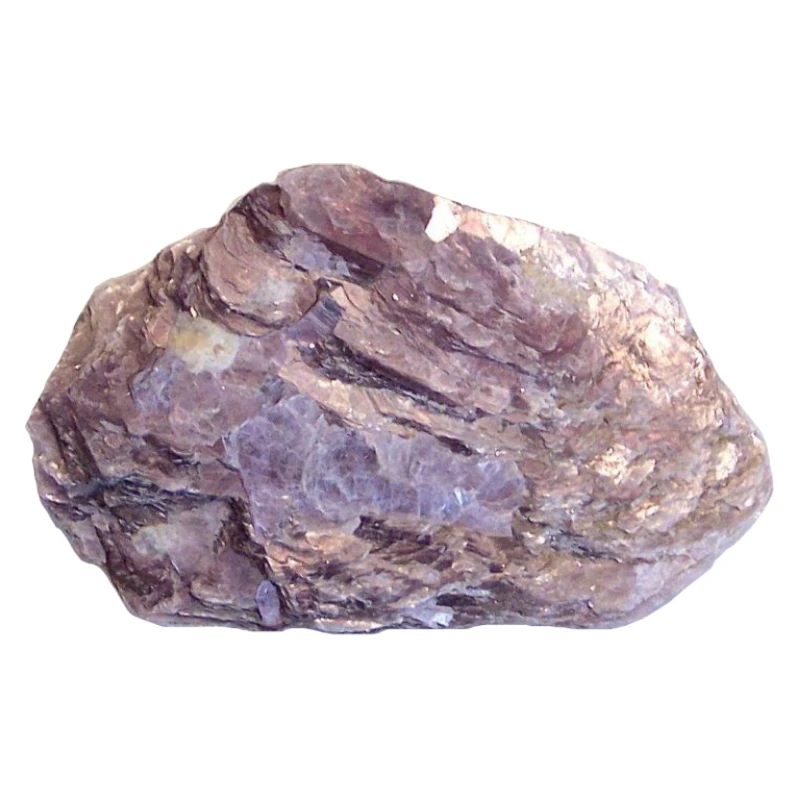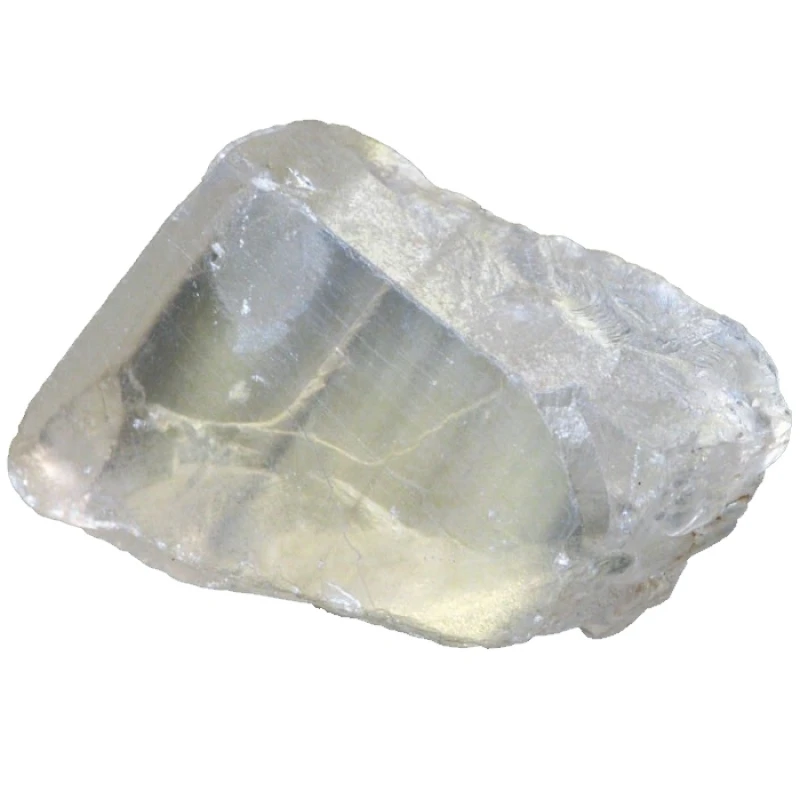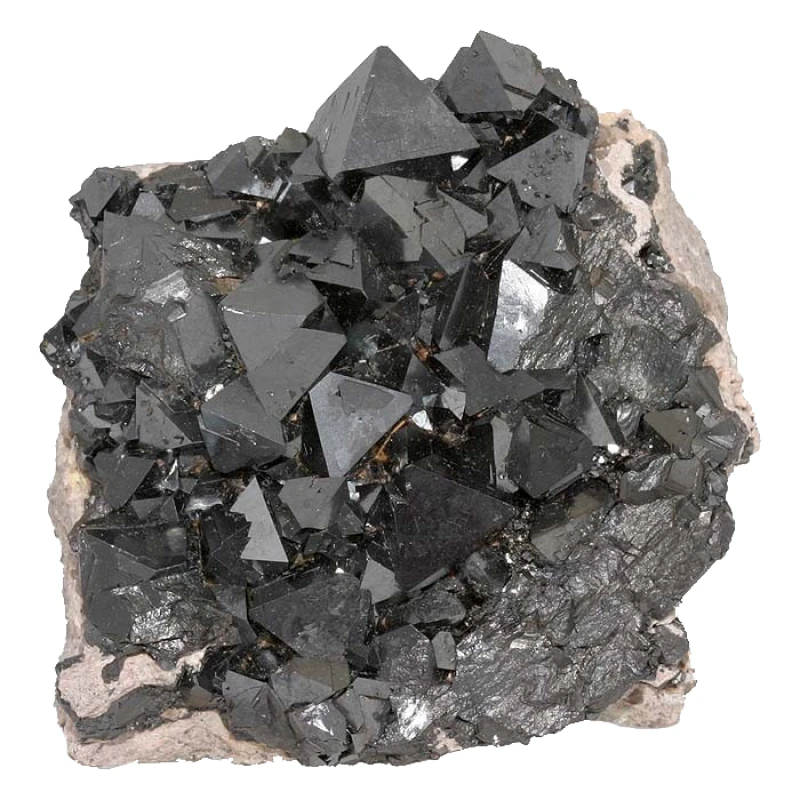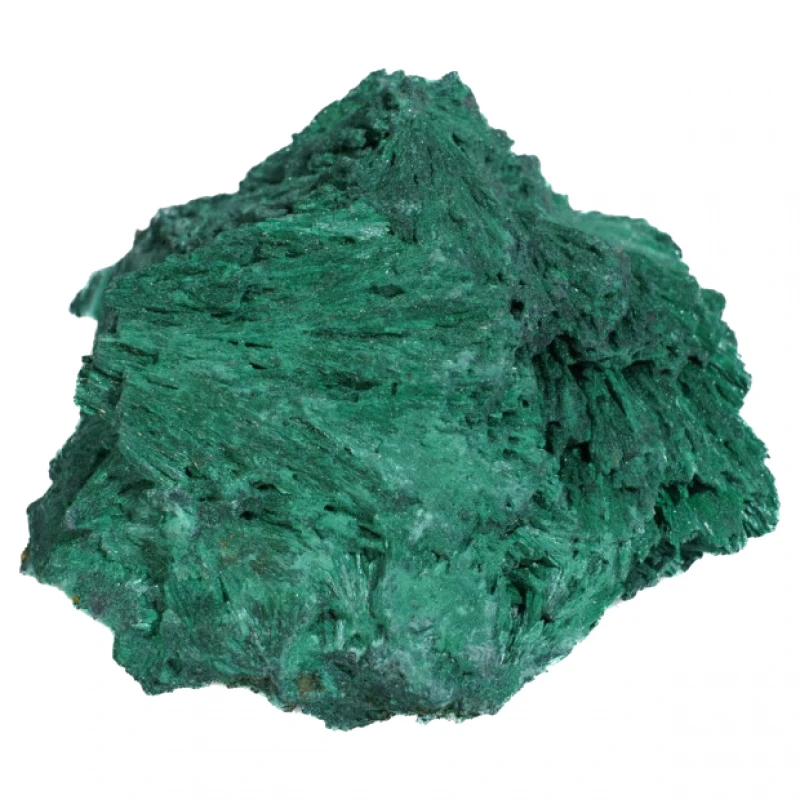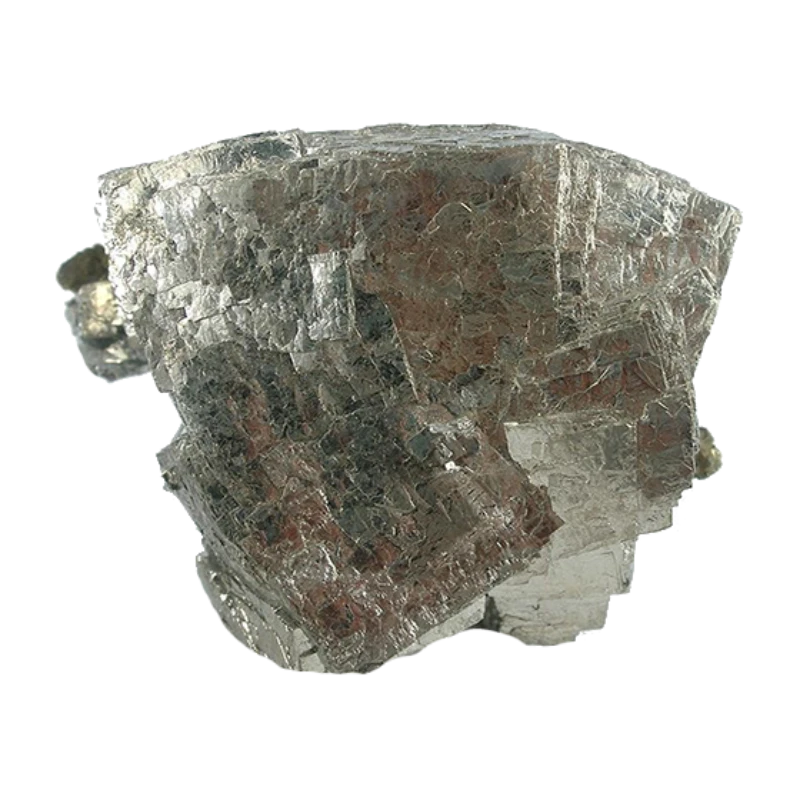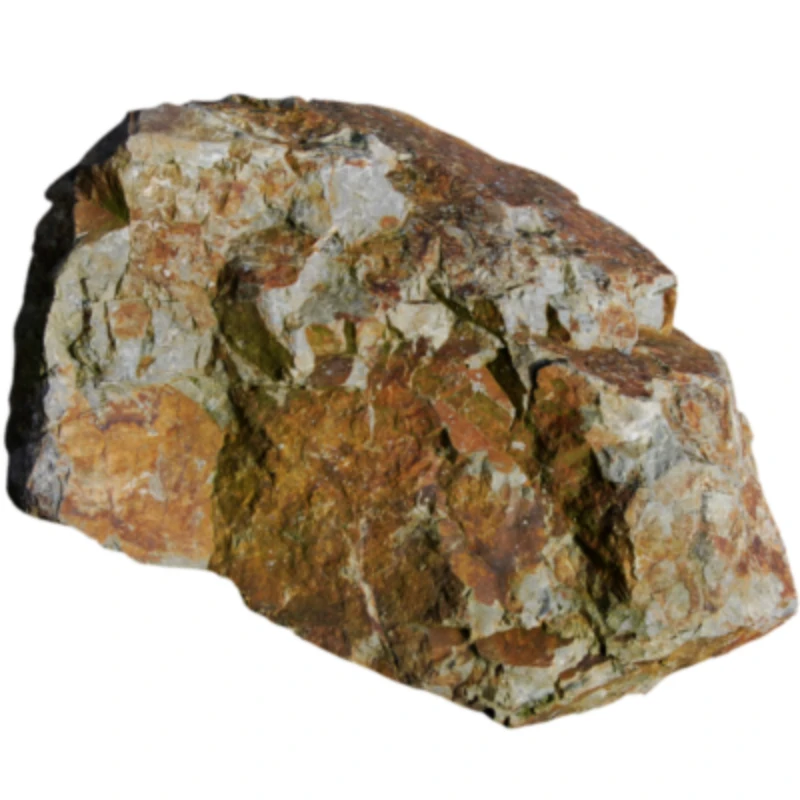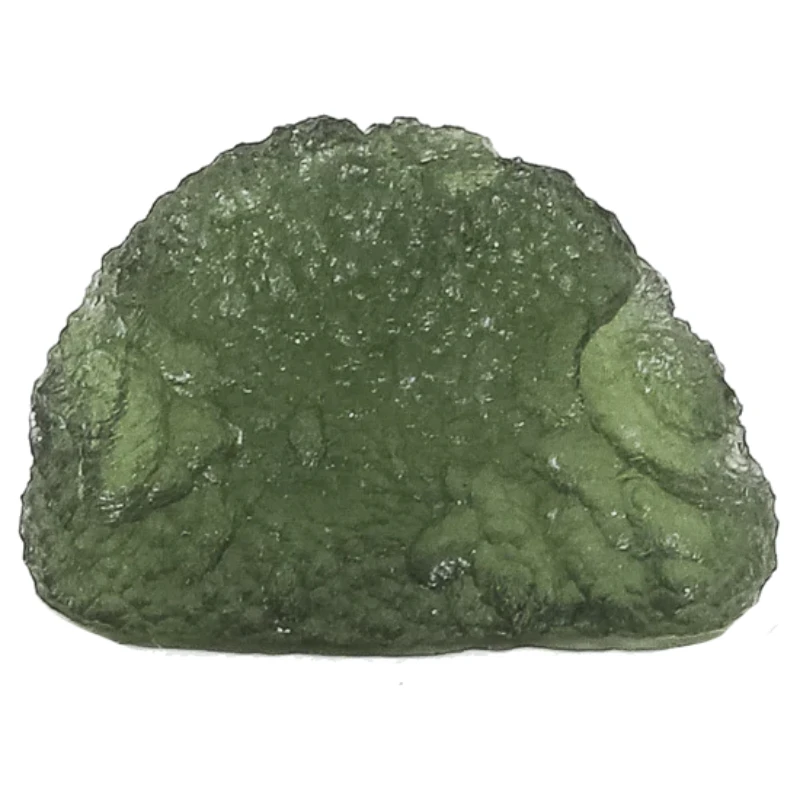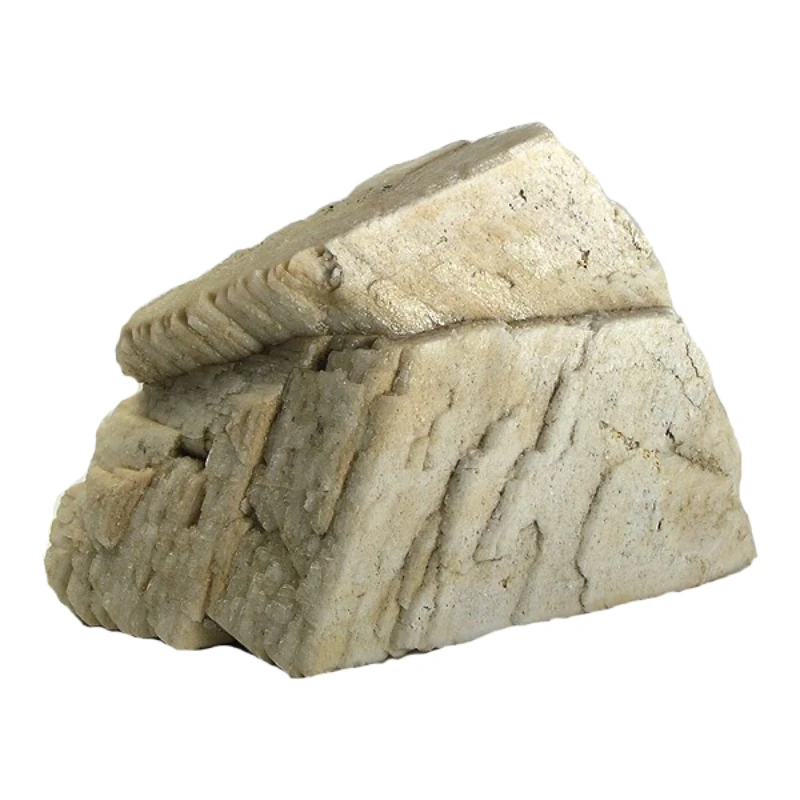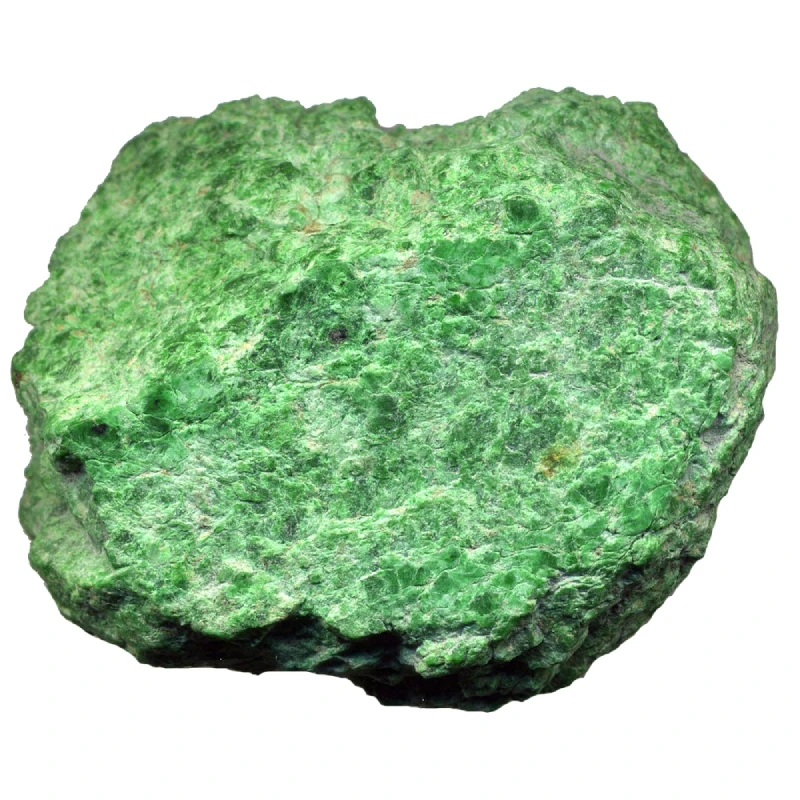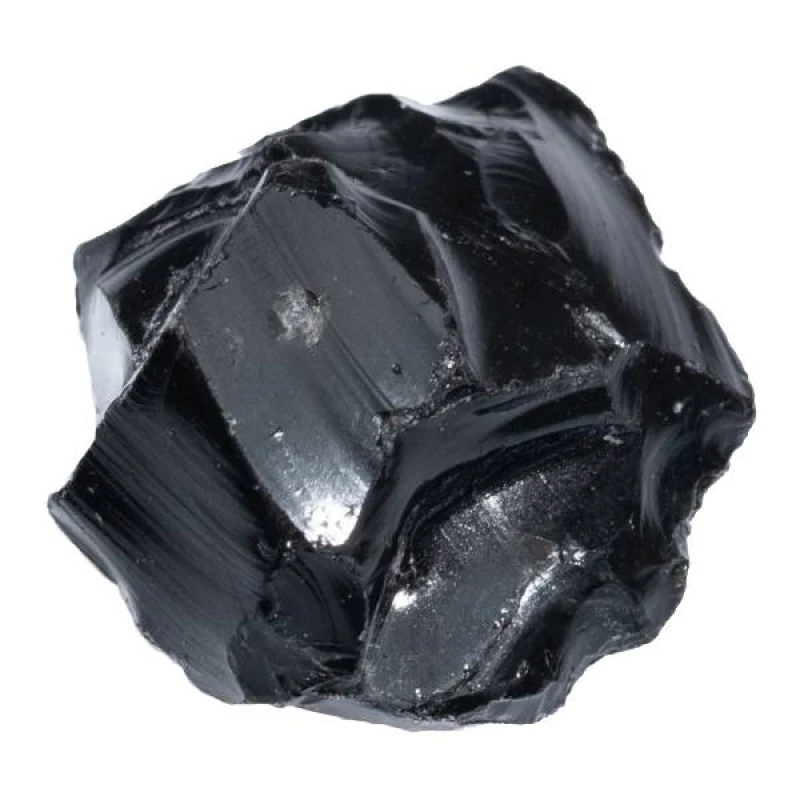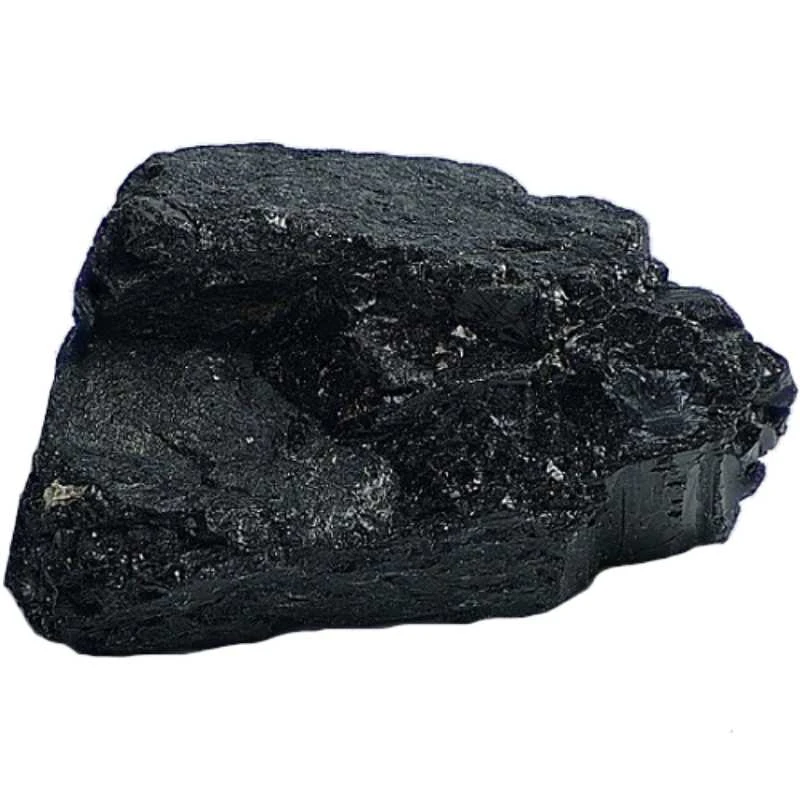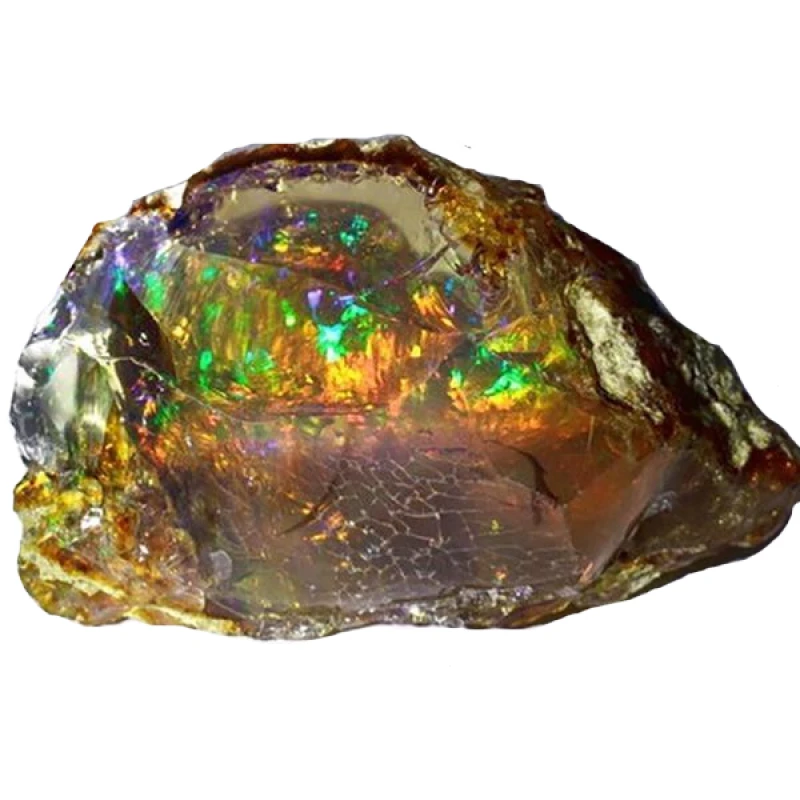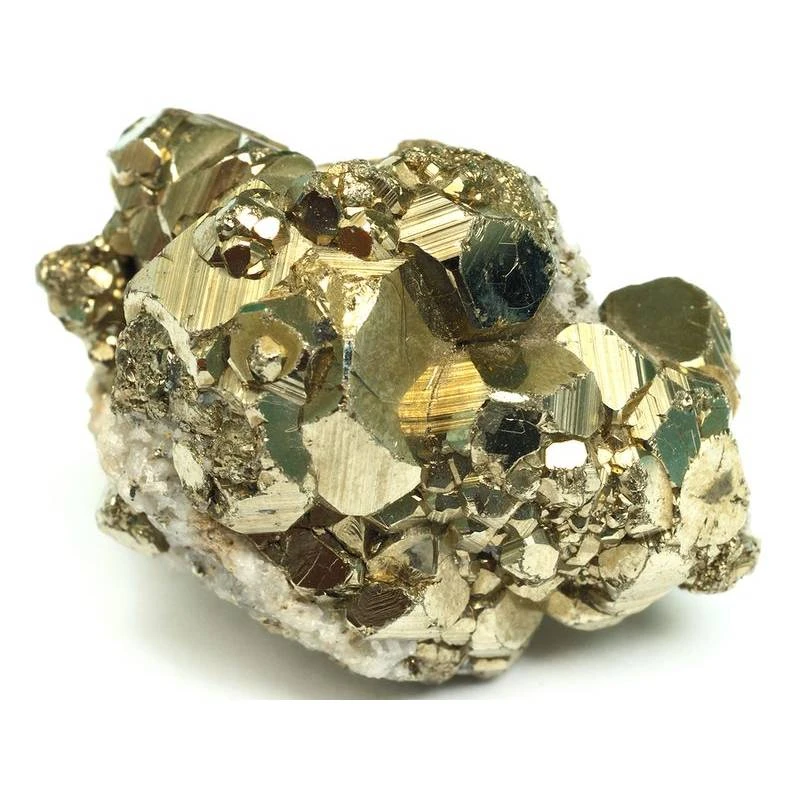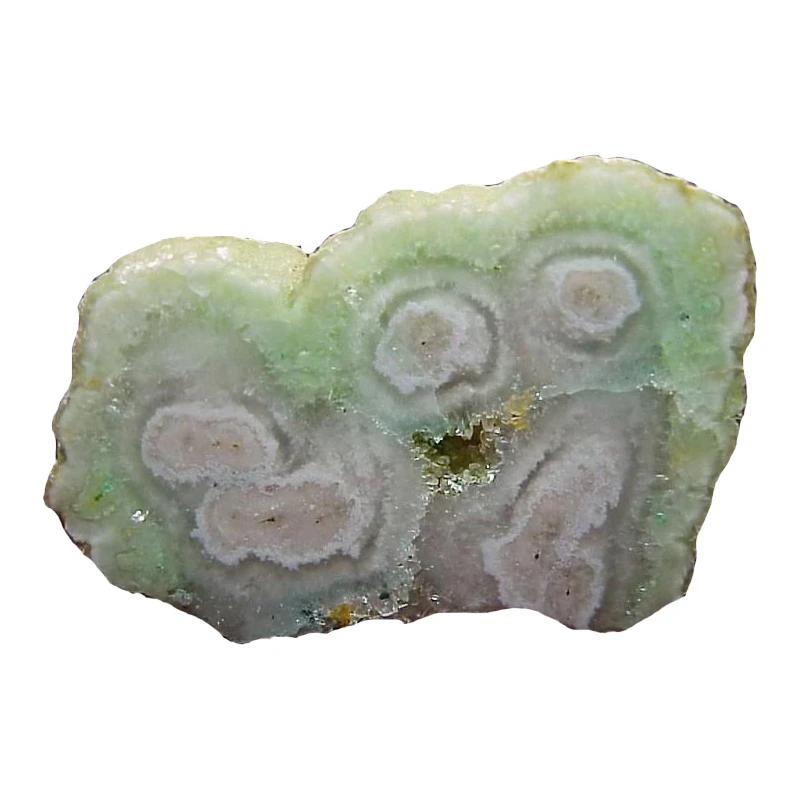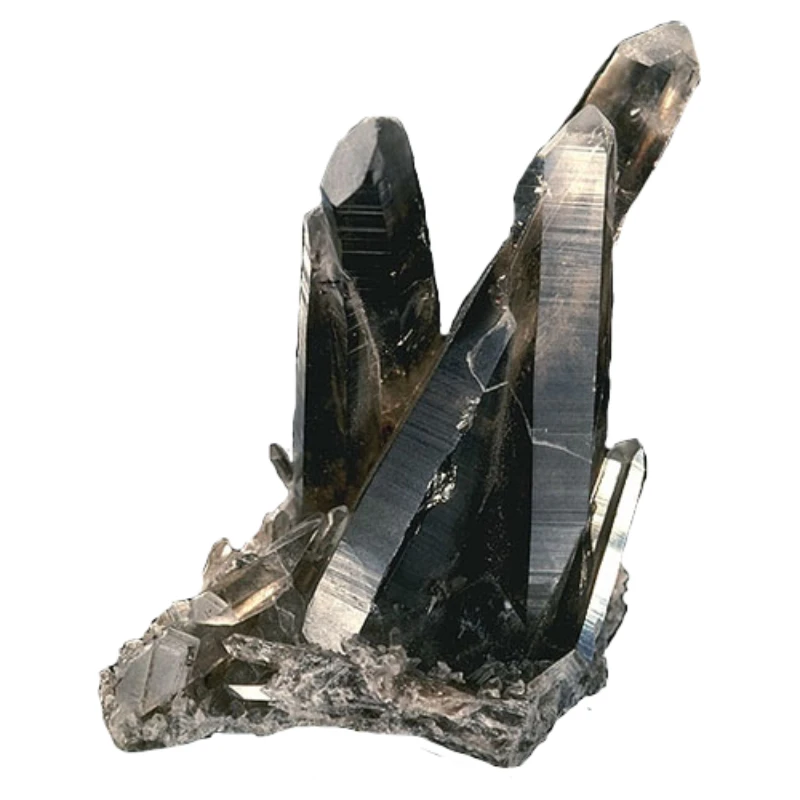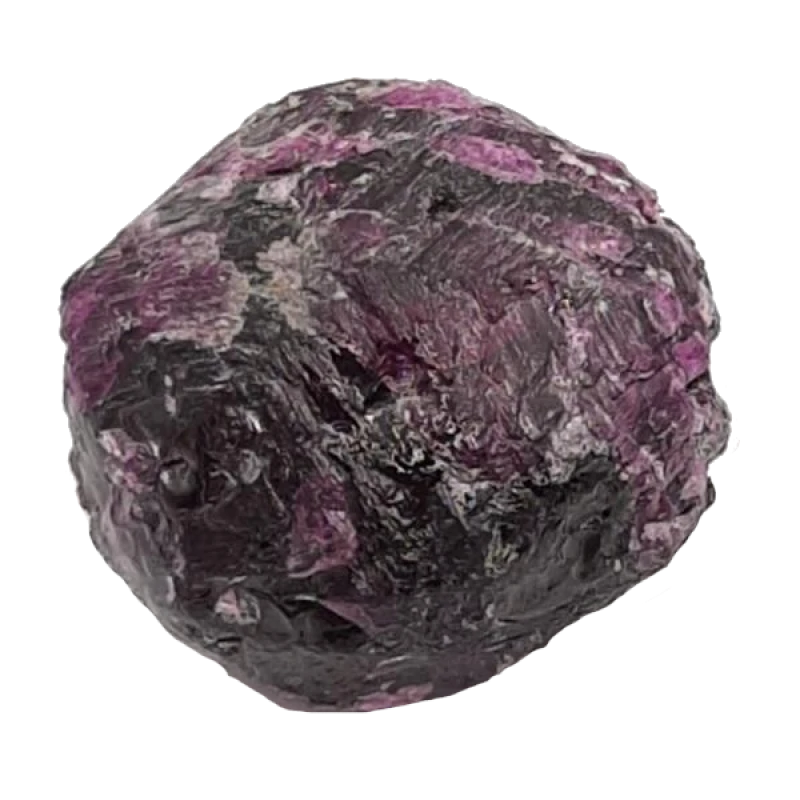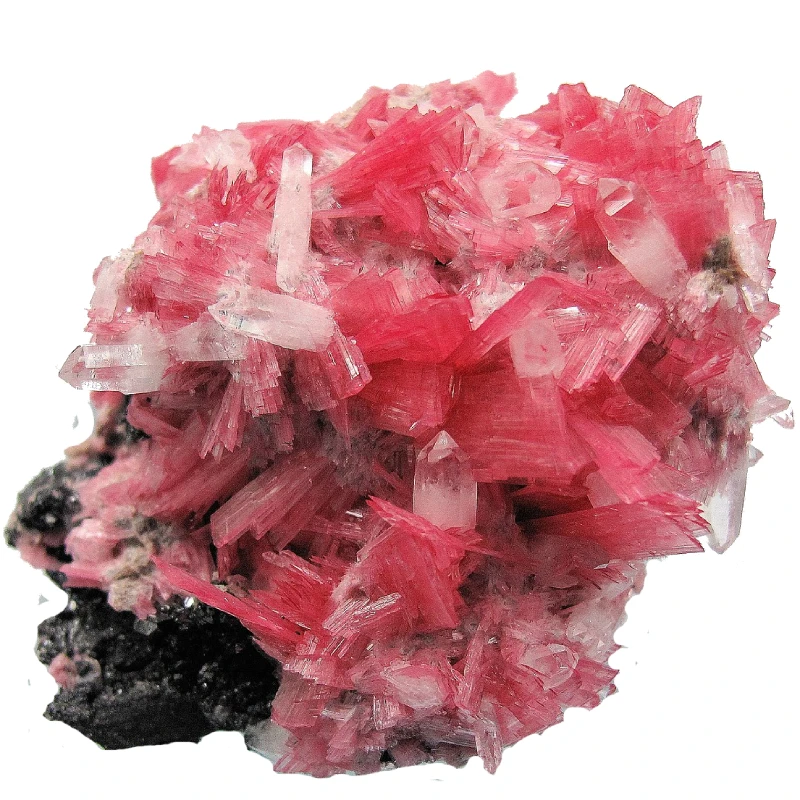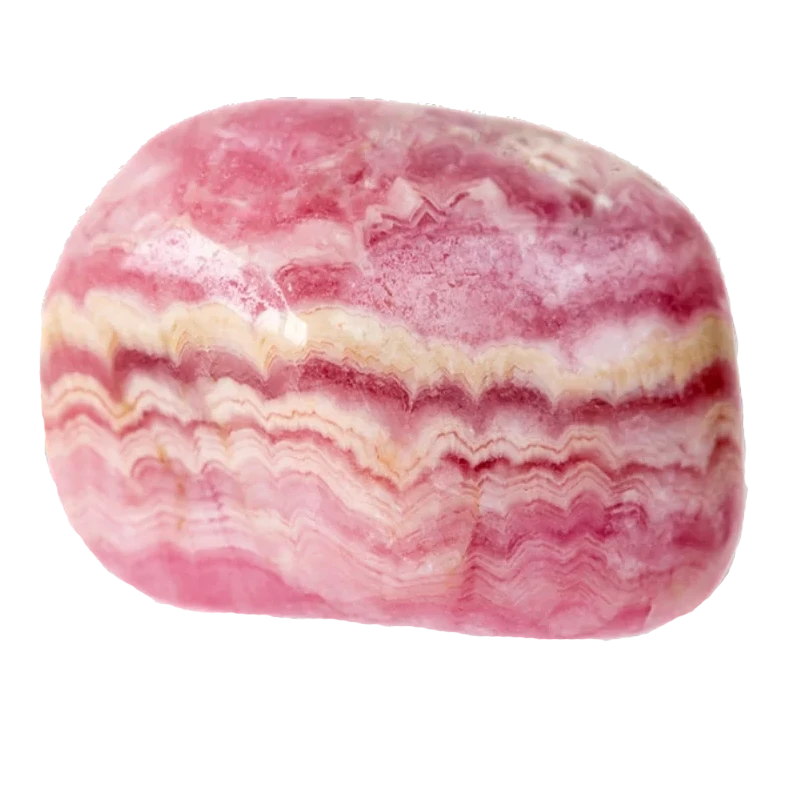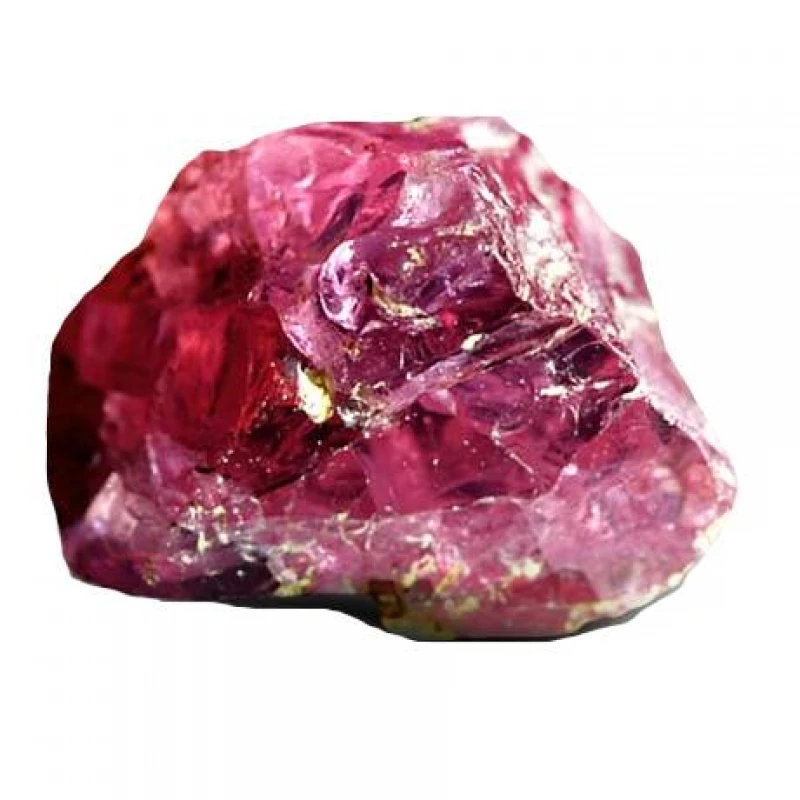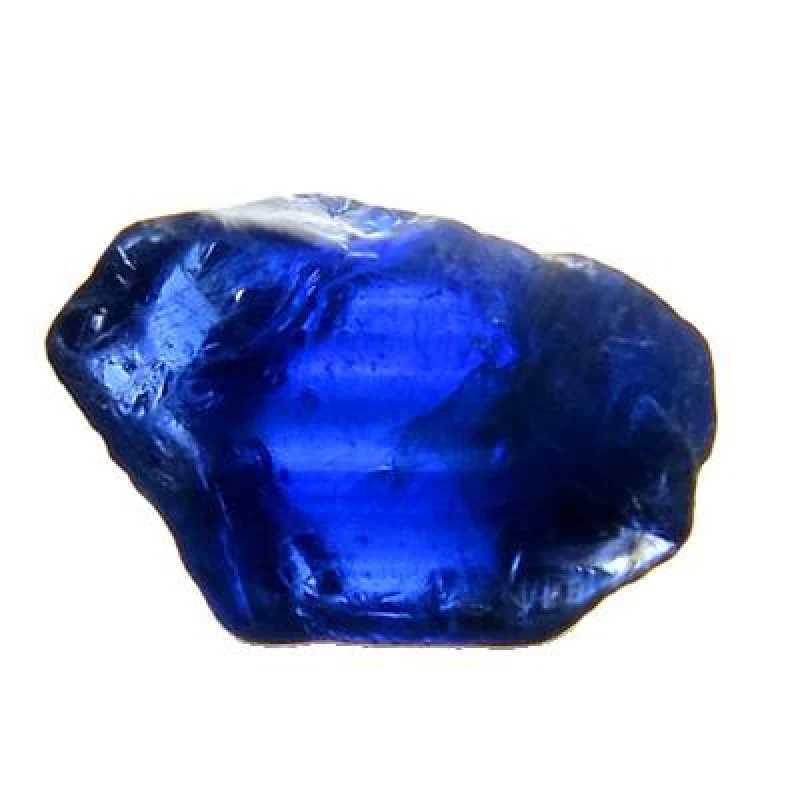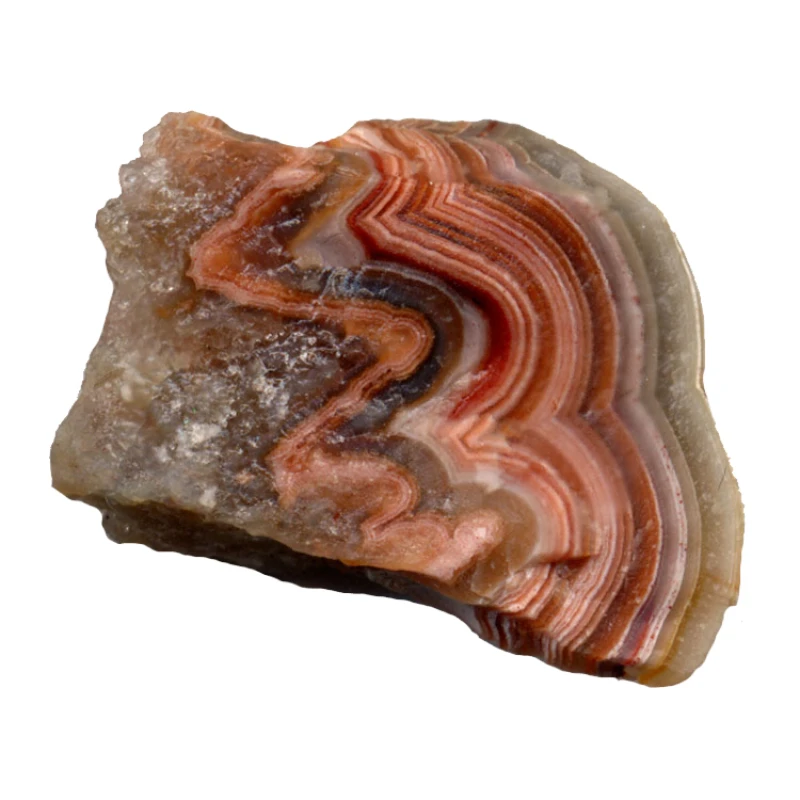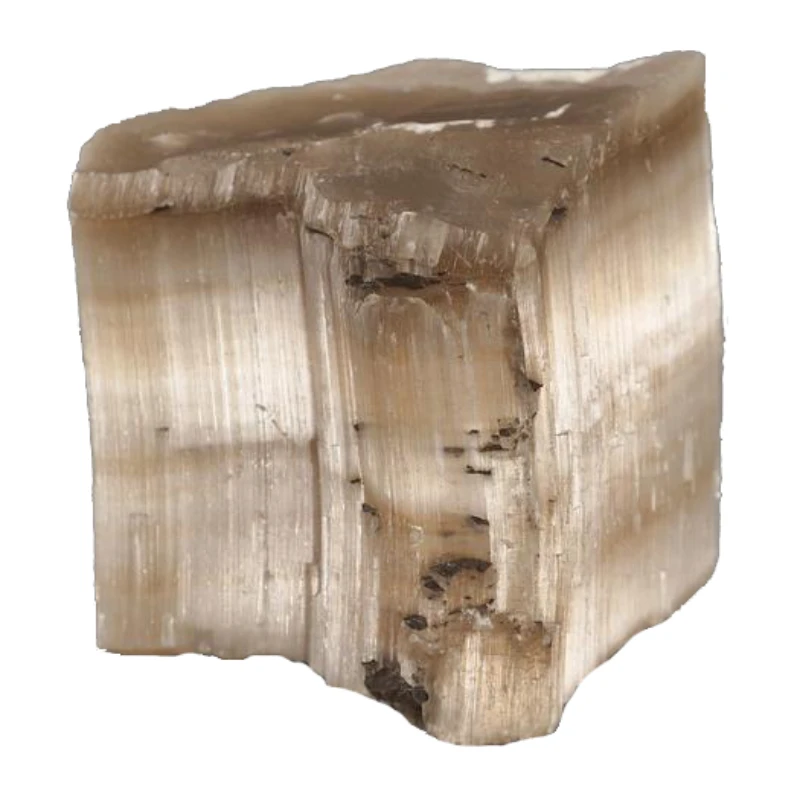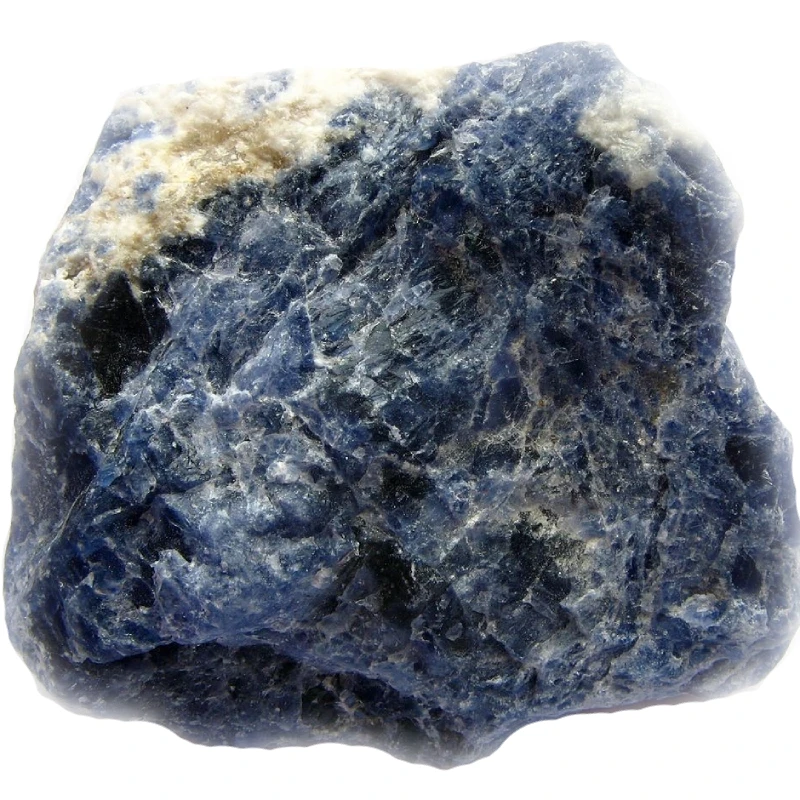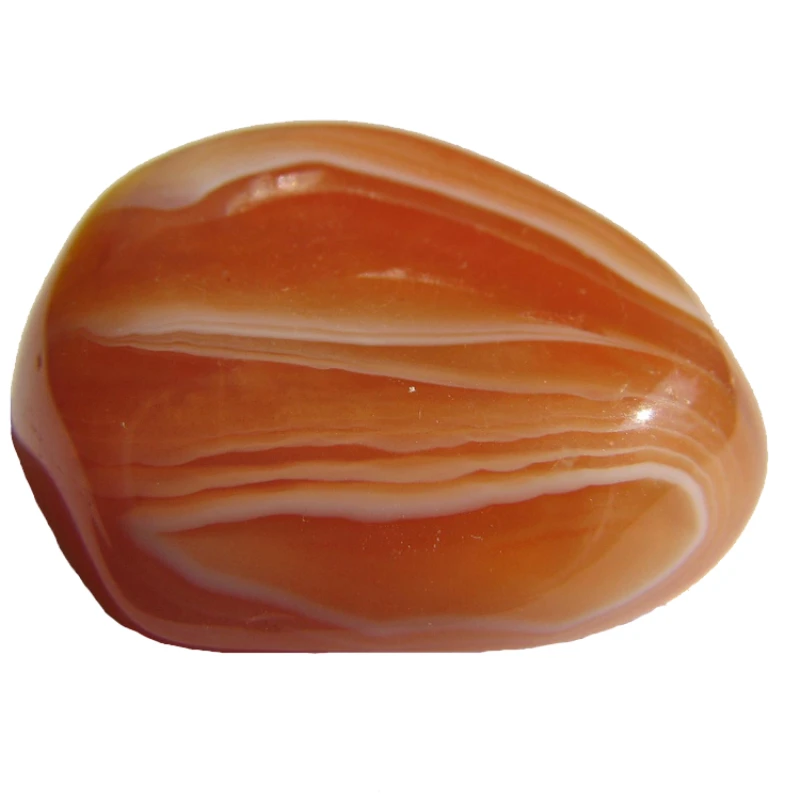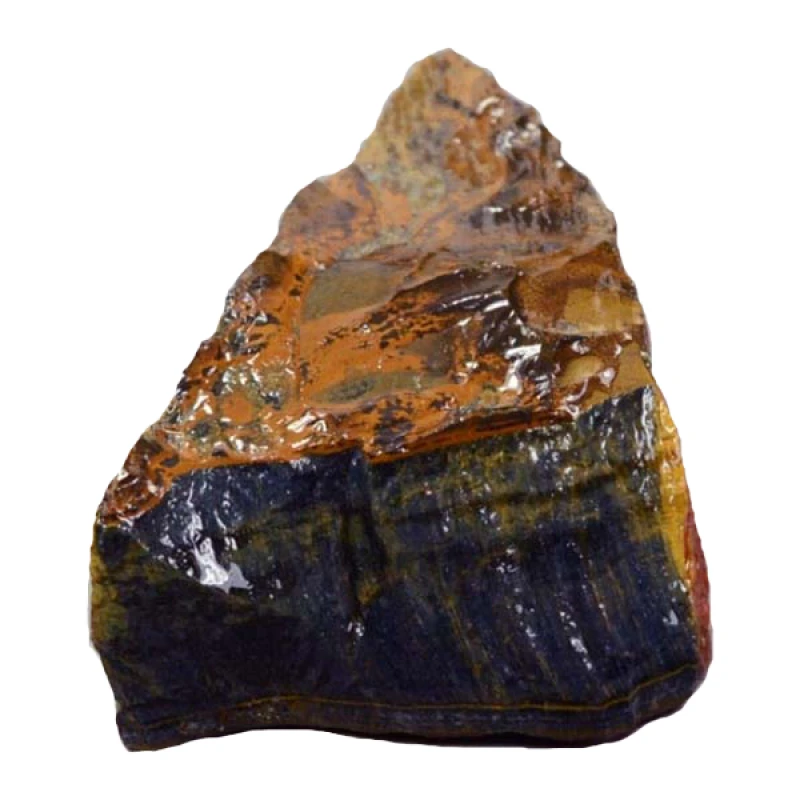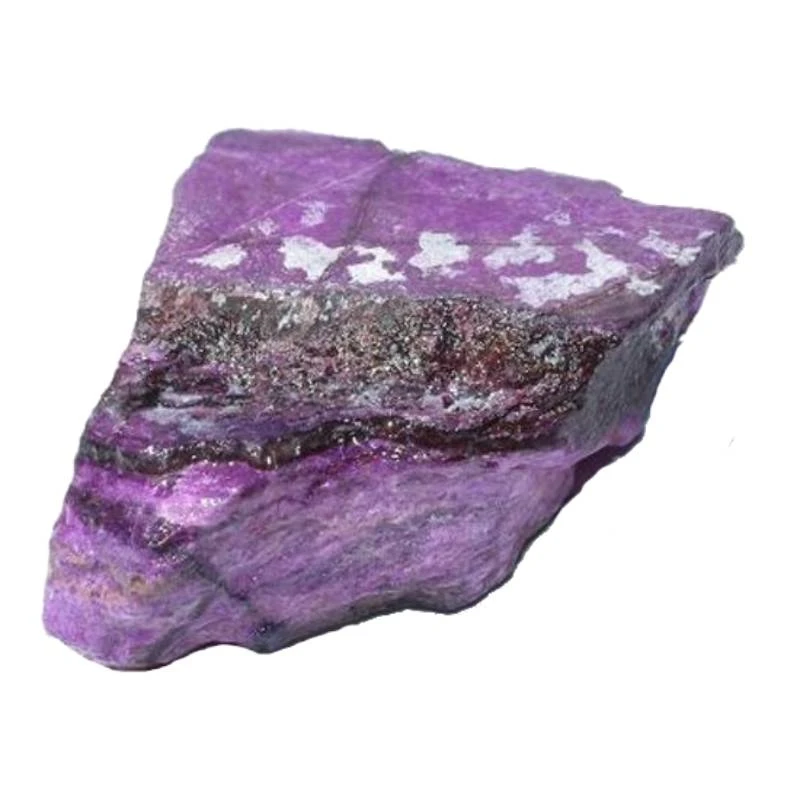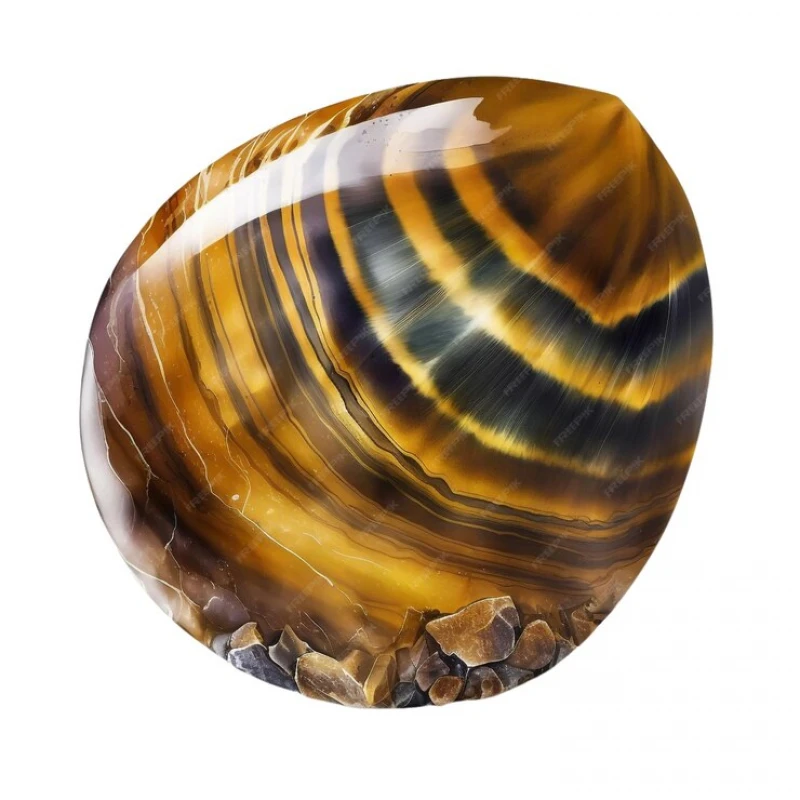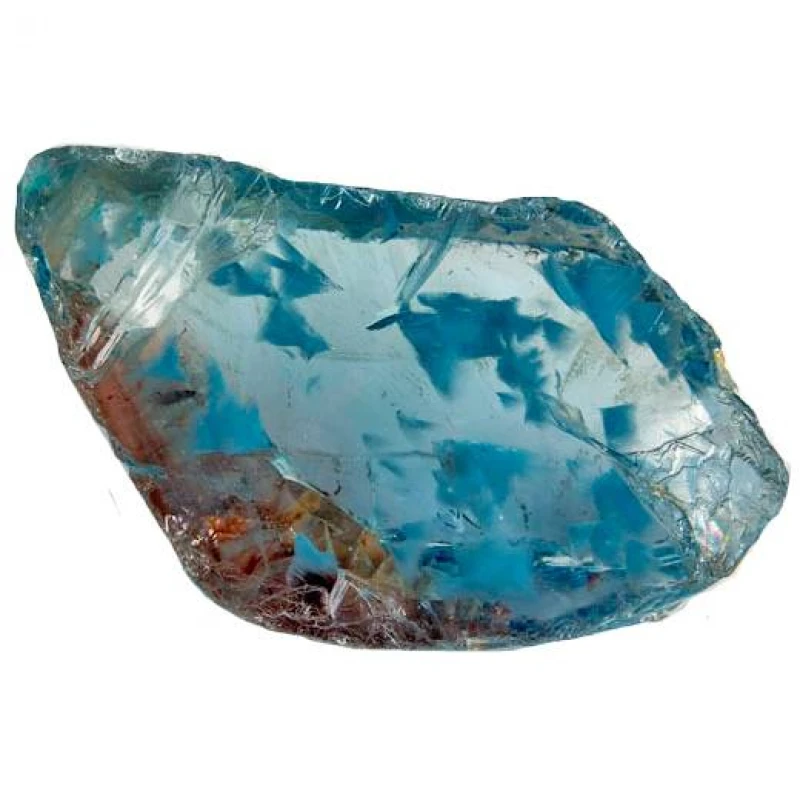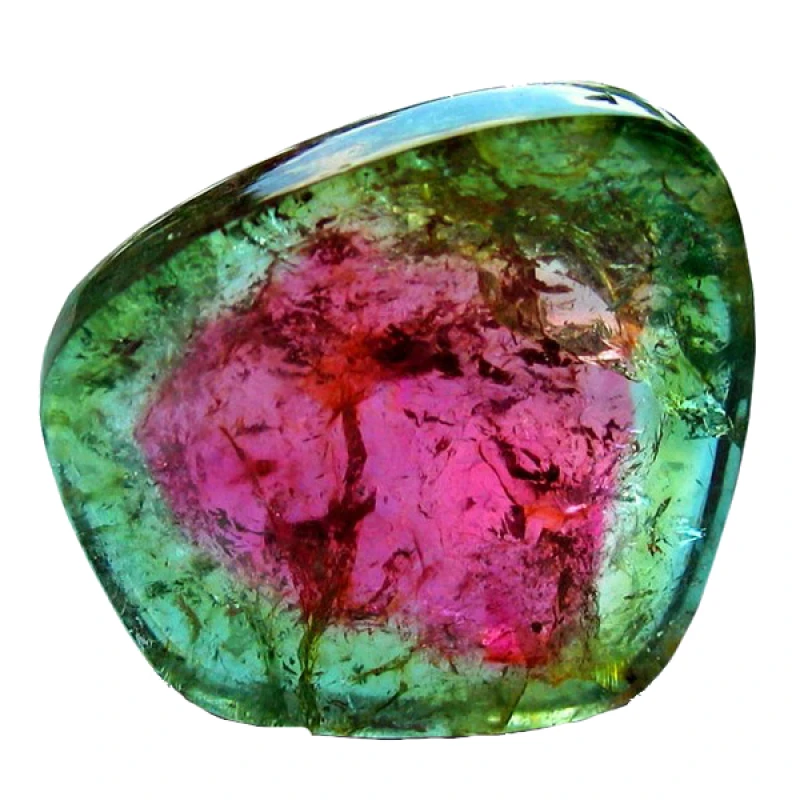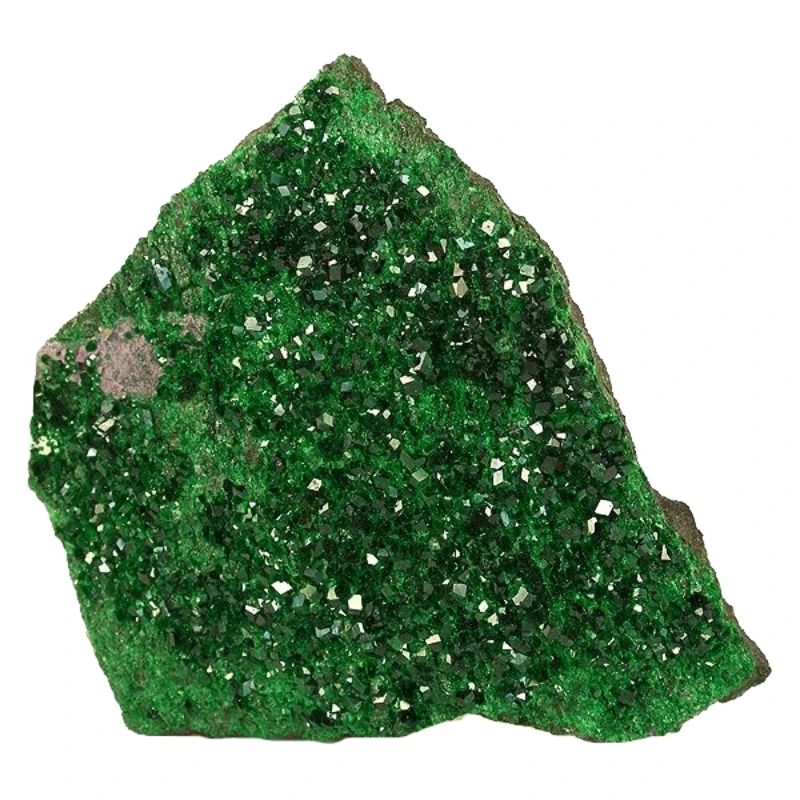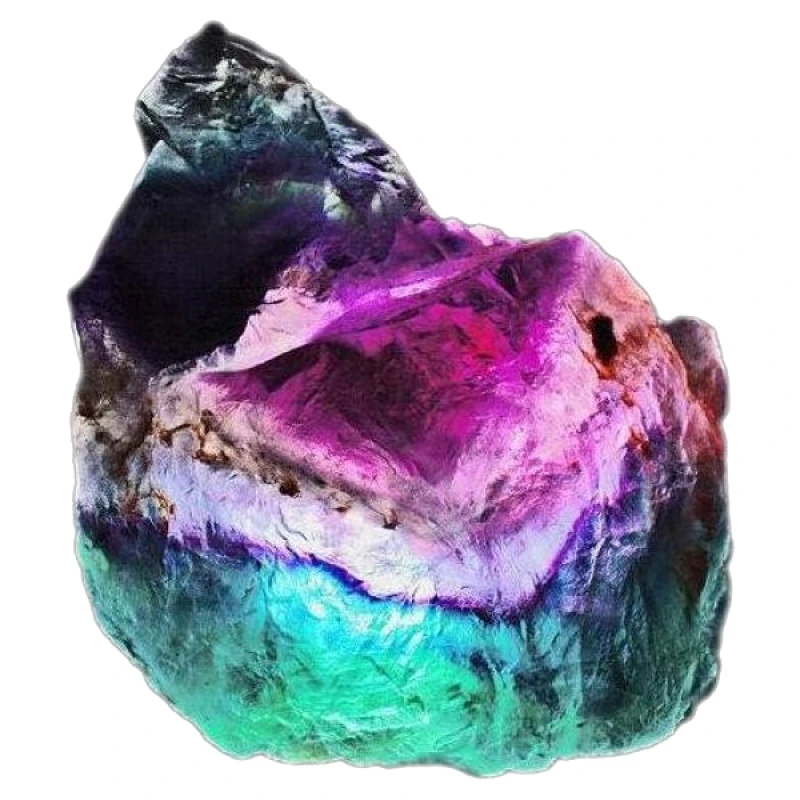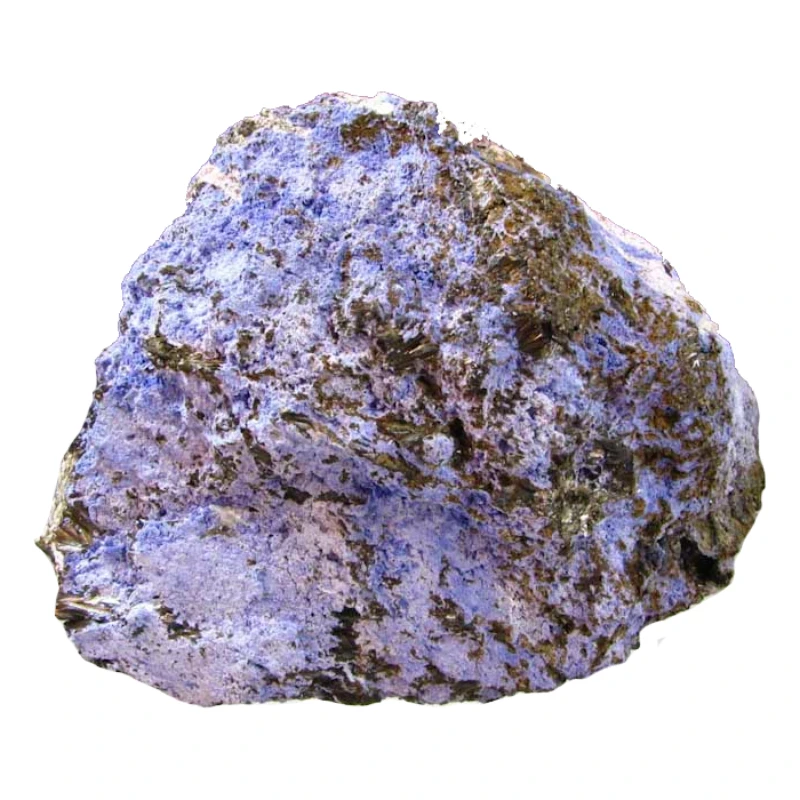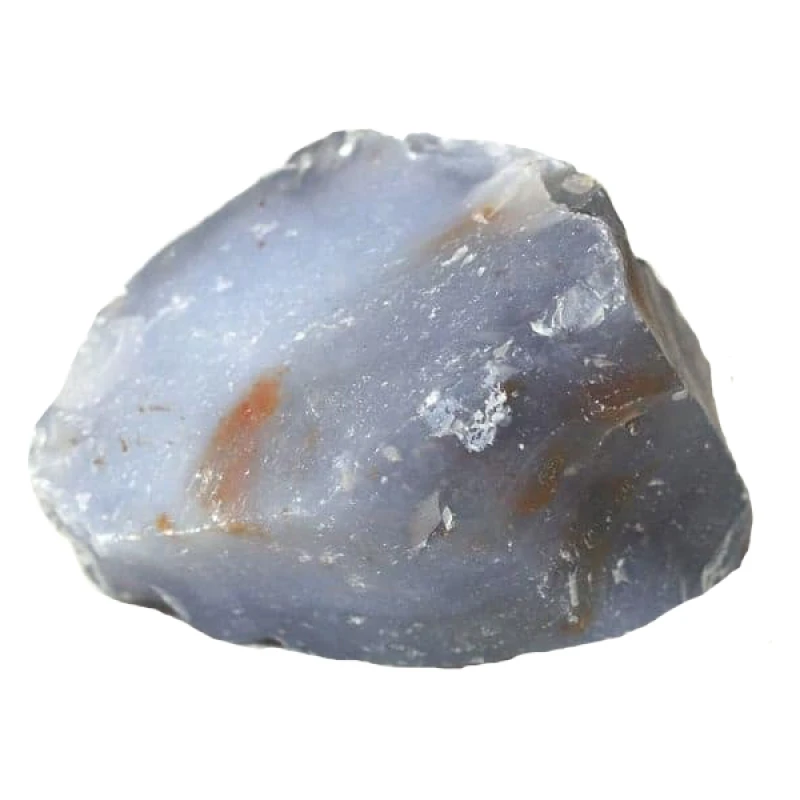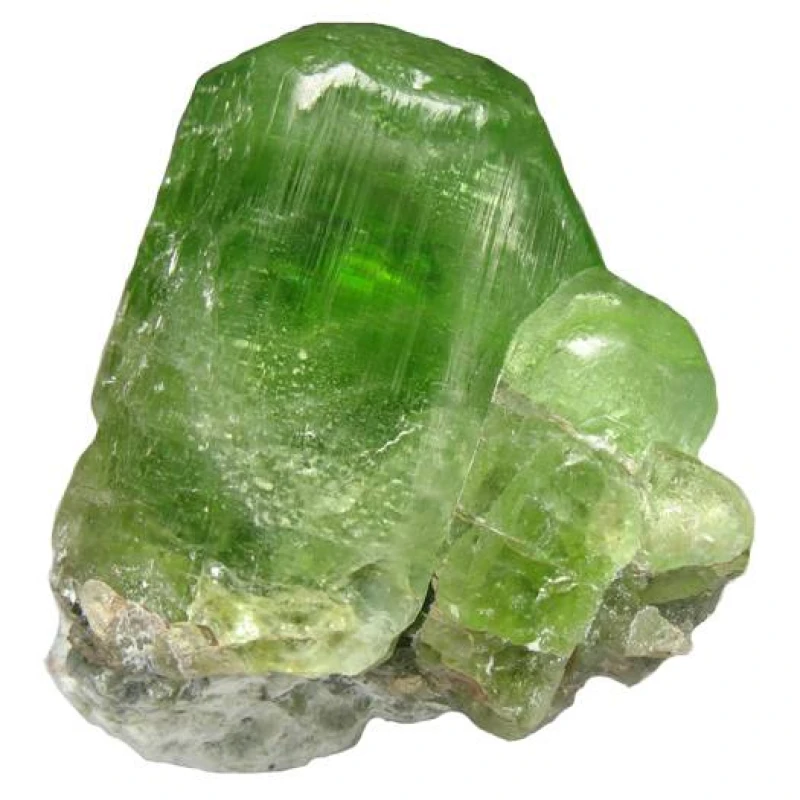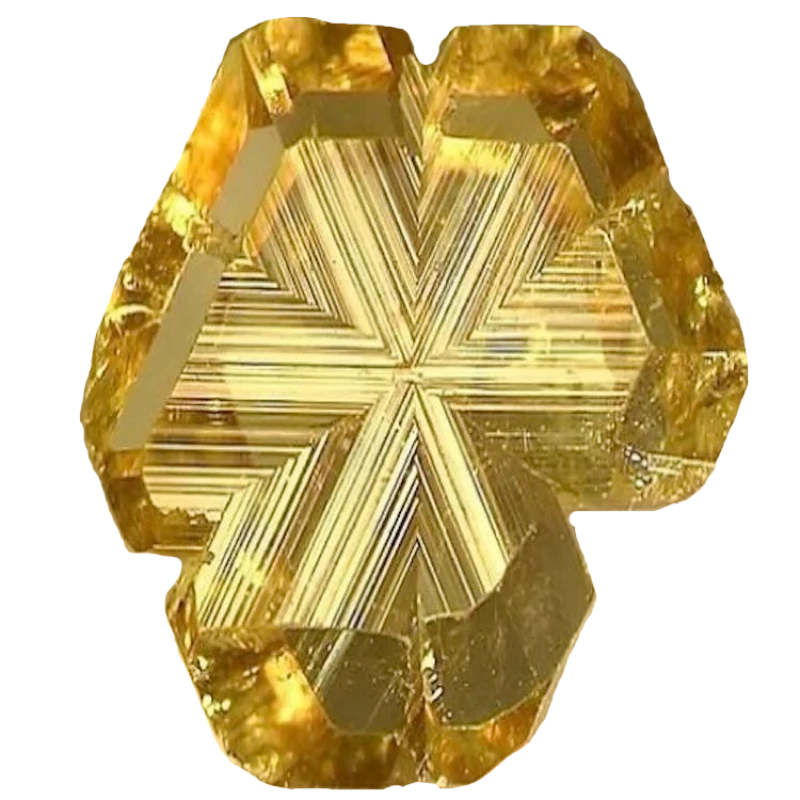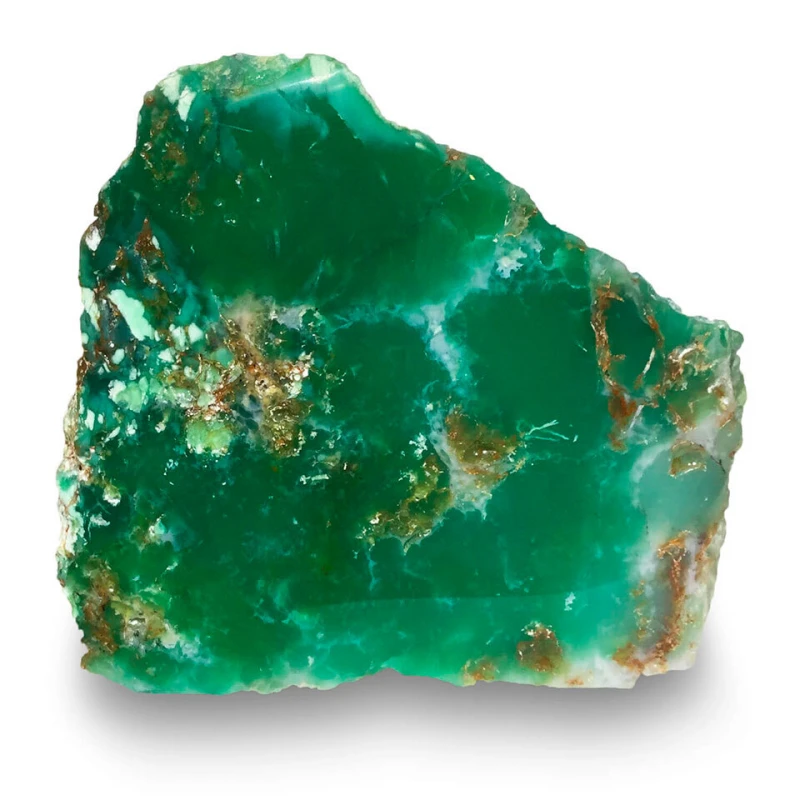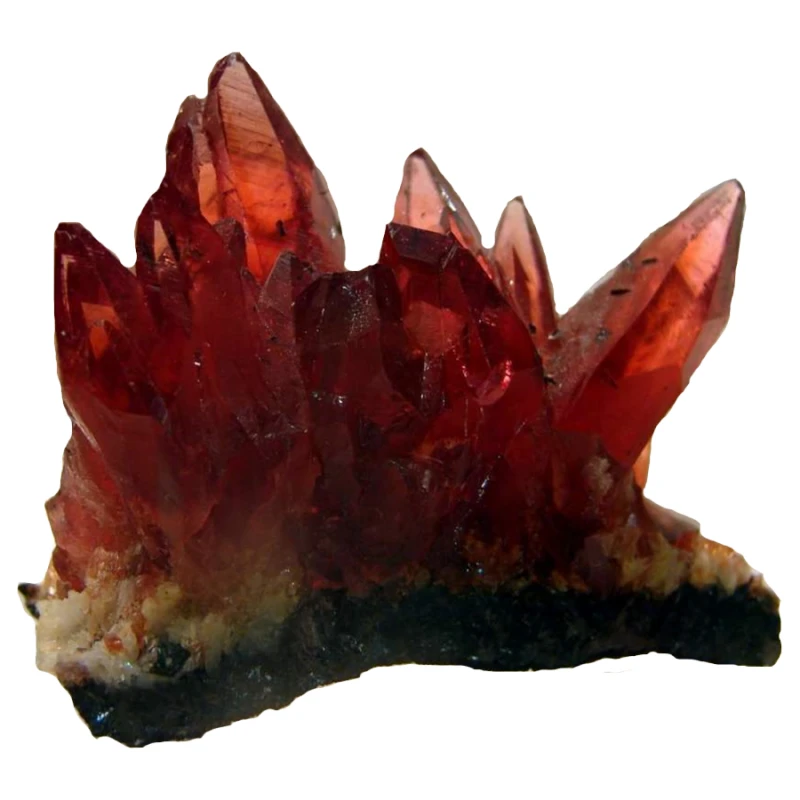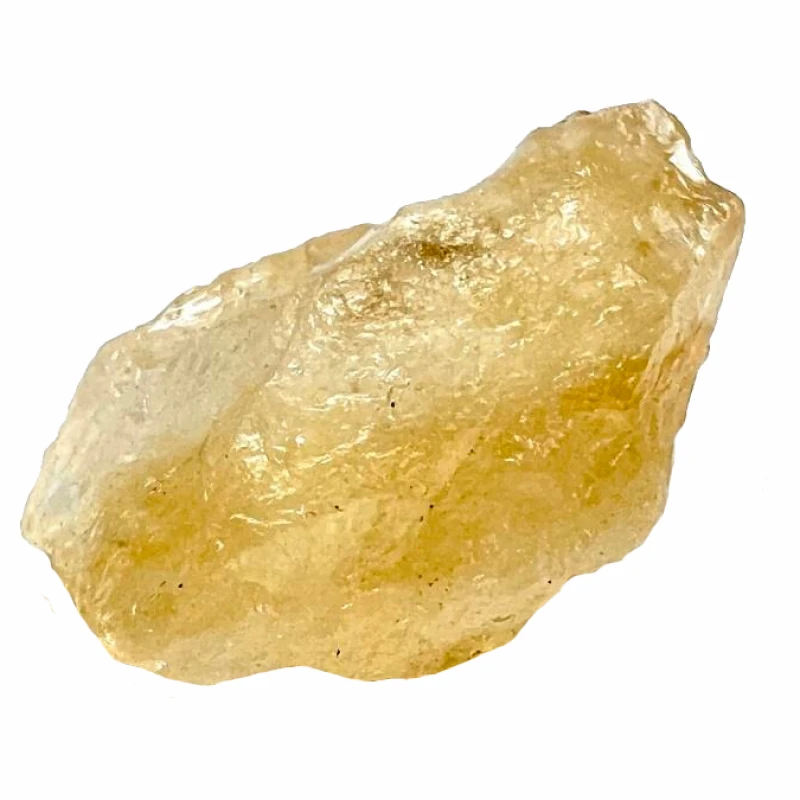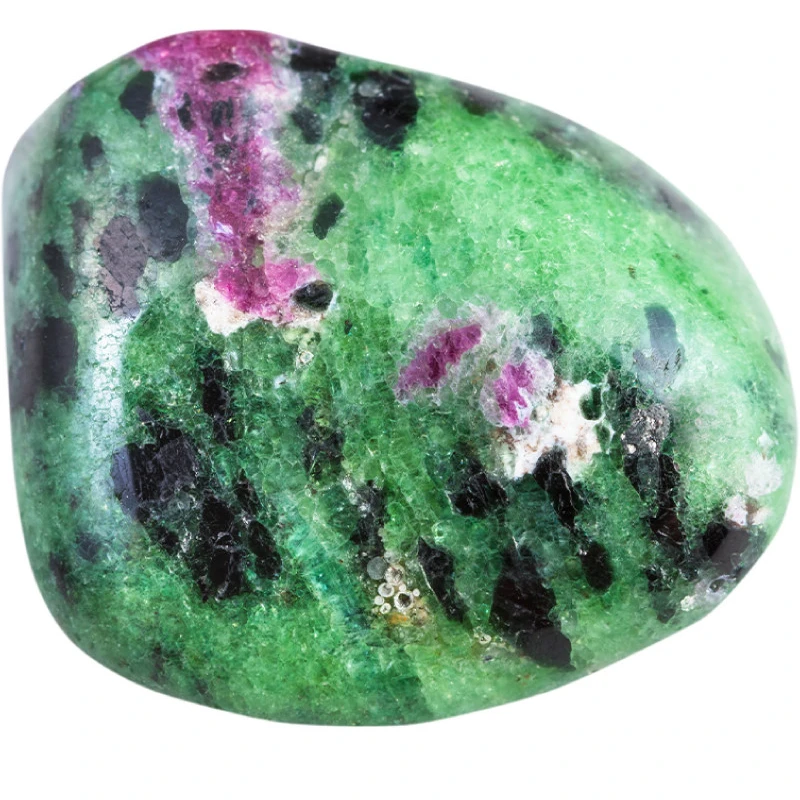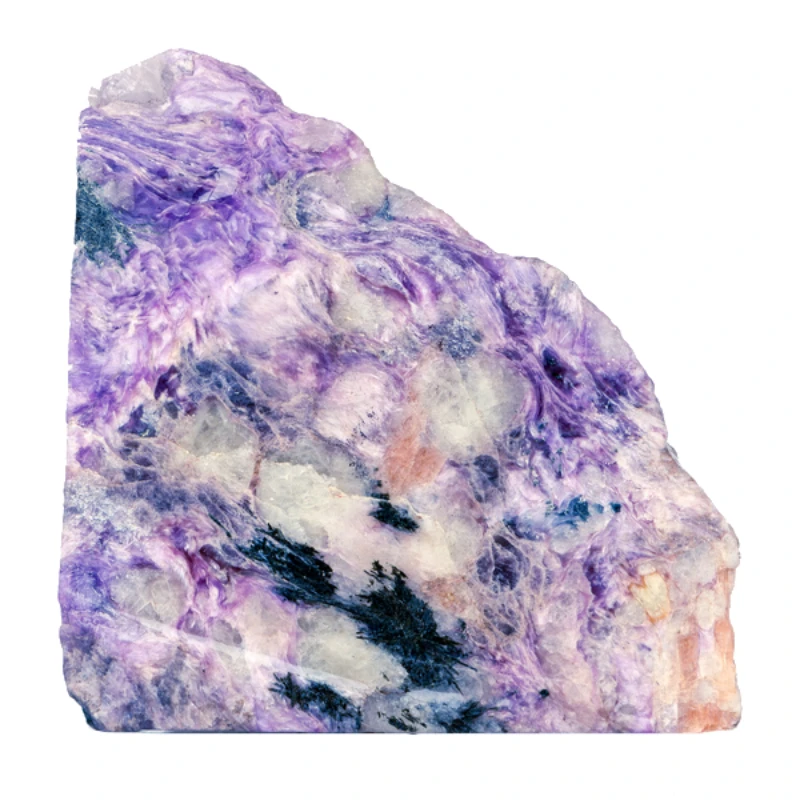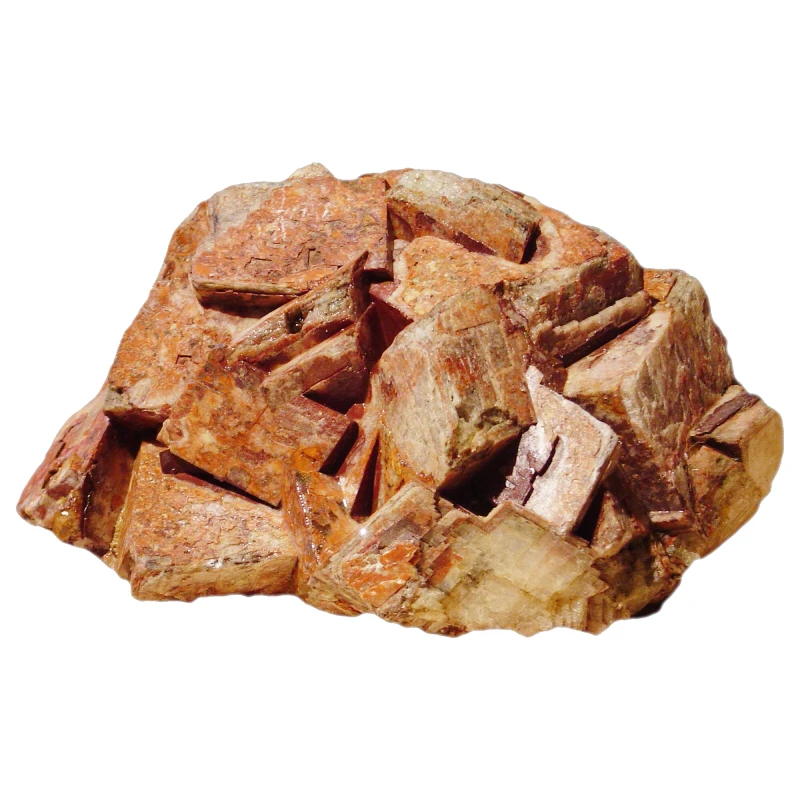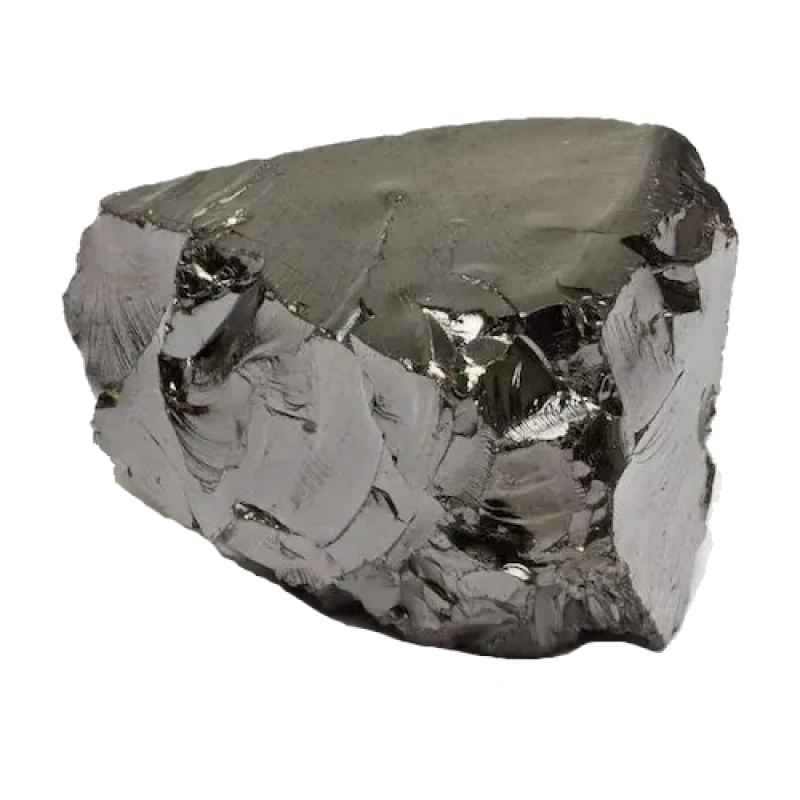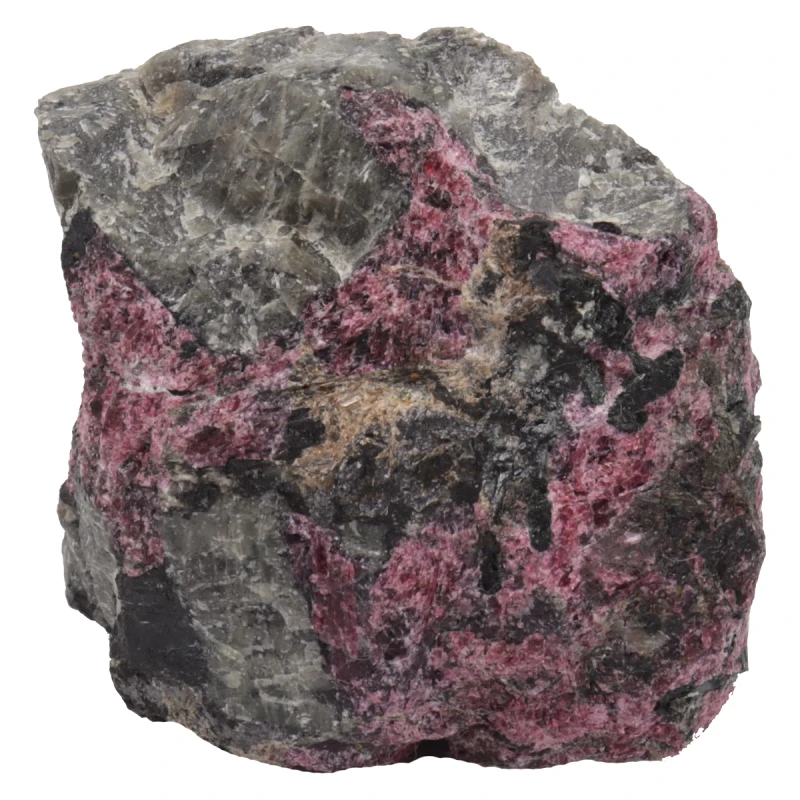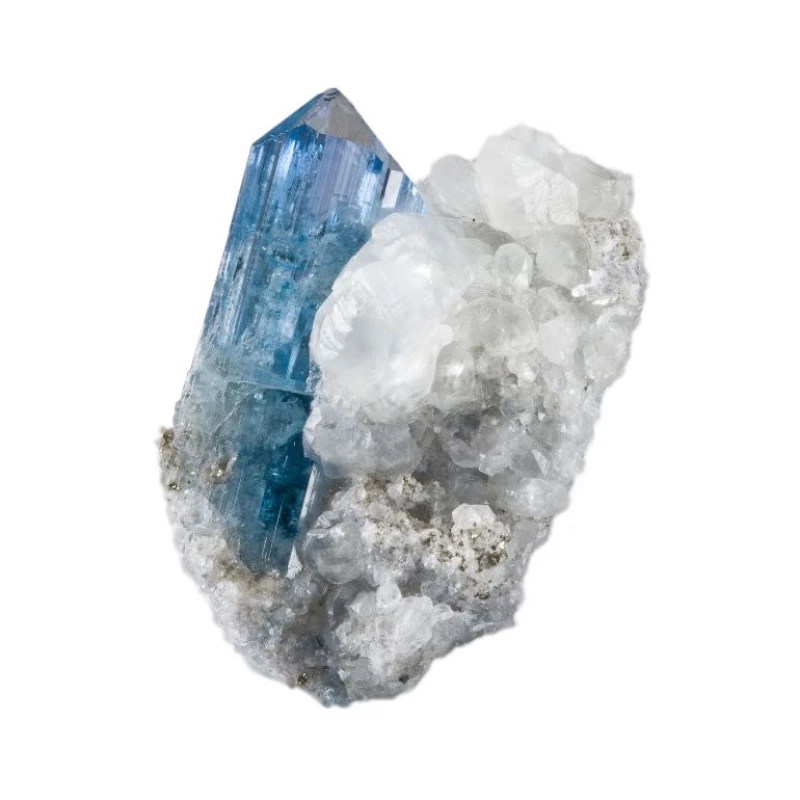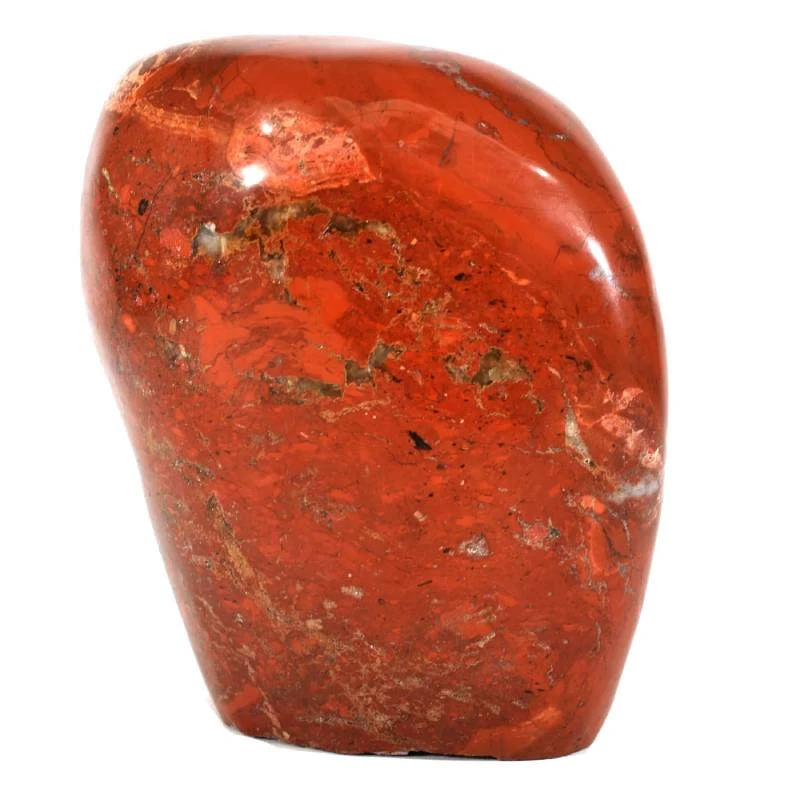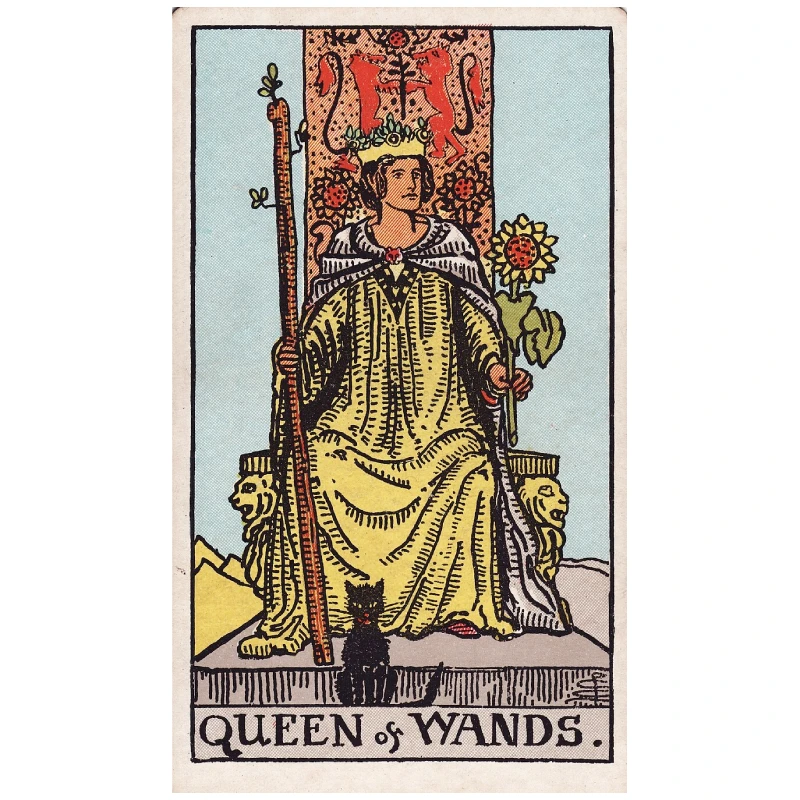Sard
Stone History
Sard, also known as reddish-brown or dark brown chalcedony, has a rich history and is referenced in various ancient cultures. This stone, belonging to the quartz family, was used as early as in Ancient Egypt, Babylon, Greece, and Rome. The name “sard” comes from the ancient Greek word sardēs, which referred to its blood-red color.
In Ancient Egypt, sard was used to craft amulets and jewelry, believed to protect against evil spirits. In Greek and Roman times, it was commonly used in cameos and seals due to its hardness, which allowed detailed carvings, and its vivid color, which added significance and beauty. Sard was also considered a symbol of courage and strength.
Zodiac
Sard is especially suited for the zodiac signs Leo and Aries. This stone enhances inner strength, confidence, and determination, helping Leos and Aries individuals to reach their full potential. It also aids in emotional control, directing energy toward creativity and clarity of thought.
Element
The element of sard is Fire. This element amplifies the stone's energetic qualities, bringing warmth, vitality, and inner power to the wearer. Sard sharpens intuition, activates life force energy, and instills confidence and courage, much like fire ignites passion and resolve.
Planet
Sard is ruled by the planet Mars, which imbues it with the energies of courage, determination, and willpower. Mars supports active movement and the strength to overcome obstacles.
Colors
Sard, a variety of chalcedony, comes in a range of shades from light brown to deep red and even black. The main color variations include:
-
Brown – from light to dark, often with banding or mottled patterns
-
Red – rich red tones, sometimes with mixed inclusions
-
Orange – warm orange hues with diverse tones
-
Black – deep black, either solid or with streaks
These colors often form unique natural patterns, making each piece of sard one of a kind.
Chakra
Sard resonates with the following chakras:
-
Root Chakra (Muladhara): Sard strengthens the connection to the earth and the physical world, bringing stability and grounding. It helps release negative emotions and harmonizes one’s energy.
-
Sacral Chakra (Svadhisthana): This stone also activates creative and sexual energy. It enhances self-confidence and emotional openness, supporting harmony in relationships.
Magical Properties
Sard is known for several magical properties that make it valuable across many spiritual practices:
-
Protection – Acts as a powerful amulet, guarding against negative energy, ill intentions, and hostility.
-
Confidence and resolve – Boosts self-confidence and decisiveness, helping to overcome fear, especially in difficult situations.
-
Vitality and life force – Invigorates the body and mind, helping combat fatigue and stress.
-
Creativity and expression – Unlocks creative potential, inspires fresh ideas, and encourages authentic self-expression.
-
Relationship harmony – Promotes understanding and compromise in relationships.
-
Intuition boost – Strengthens inner guidance and supports intuitive decision-making.
These properties make sard a valuable talisman for those seeking protection, strength, and personal balance.
Healing Properties
Traditionally used in folk healing, sard is believed to have several therapeutic effects:
-
Improved digestion – Aids digestive processes, stimulates appetite, and eases indigestion.
-
Immune support – Boosts immune resilience, helping the body resist infections and illness.
-
Pain relief – May help alleviate pain, especially migraines, headaches, and back pain.
-
Anti-inflammatory – Offers anti-inflammatory benefits, helpful in treating various inflammatory conditions.
-
Better circulation – Enhances blood flow, supporting overall physical health.
-
Emotional stability – Helps manage emotional stress and anxiety, contributing positively to mental and physical well-being.
Note: Sard is not a substitute for professional medical treatment. Consult a healthcare provider before using it for healing.
Mining Locations
Sard is a colored variety of chalcedony, typically found in the following regions:
-
Iran – Especially in the Khorasan Province, known for high-quality sard with rich coloration.
-
India – Found in Maharashtra and Gujarat, widely used in jewelry making.
-
Brazil – A significant source offering sard in various shades and quality levels.
-
Turkey – Mined and used in traditional crafts and jewelry.
-
Africa – Found in countries like South Africa, offering additional diversity in color and form.
These locations contribute to the wide range and appeal of sard among jewelers and mineral collectors.
Other articles in this section
